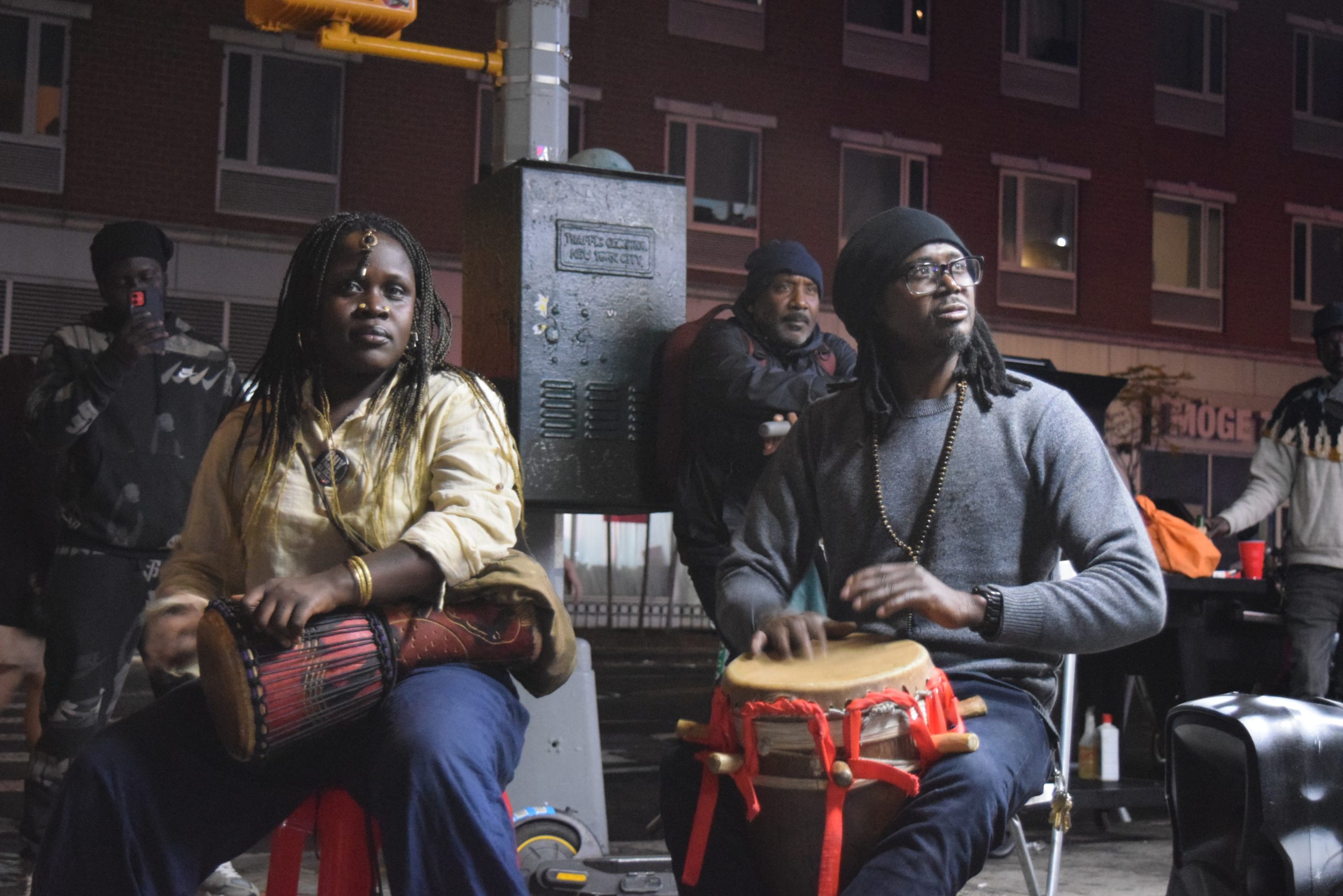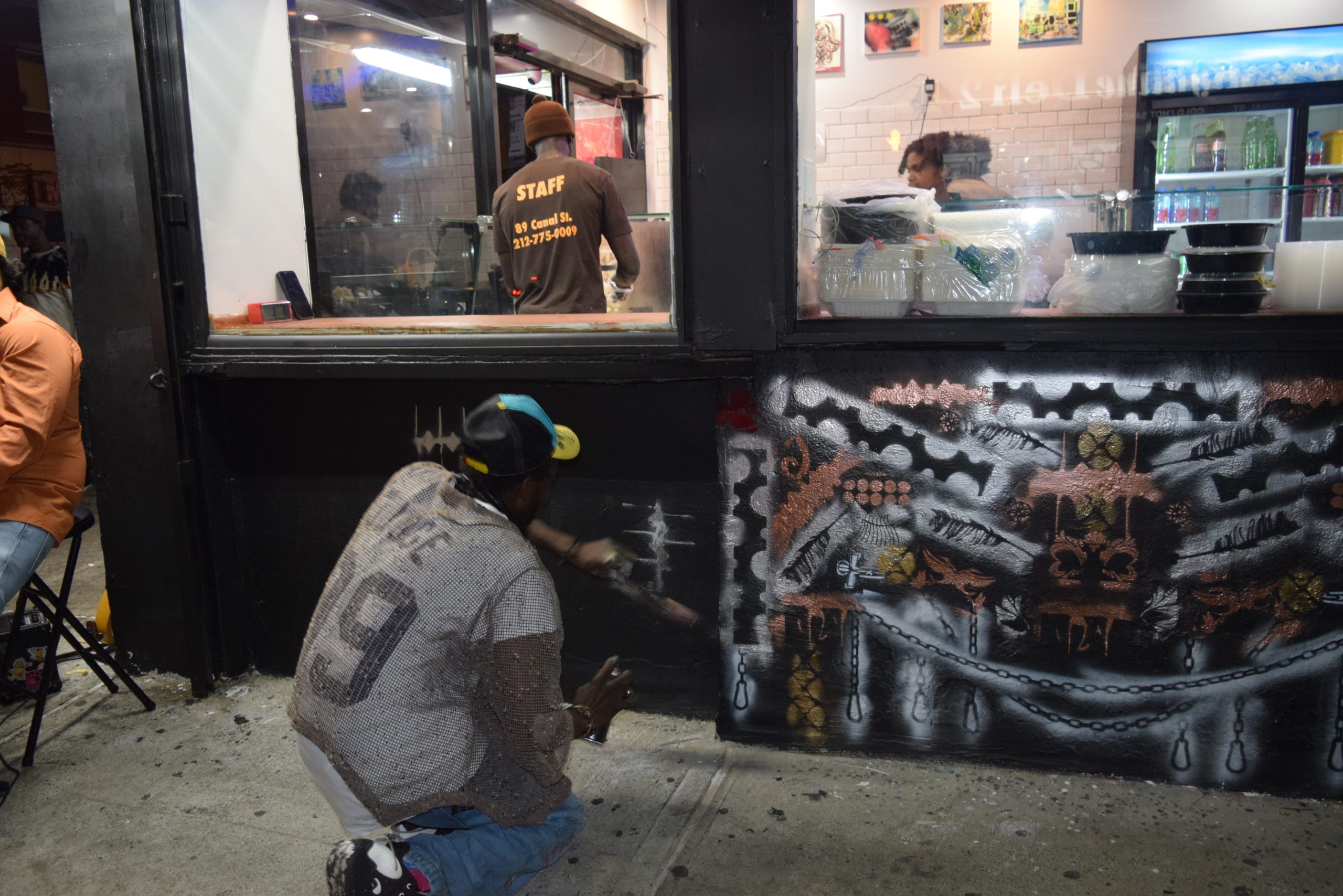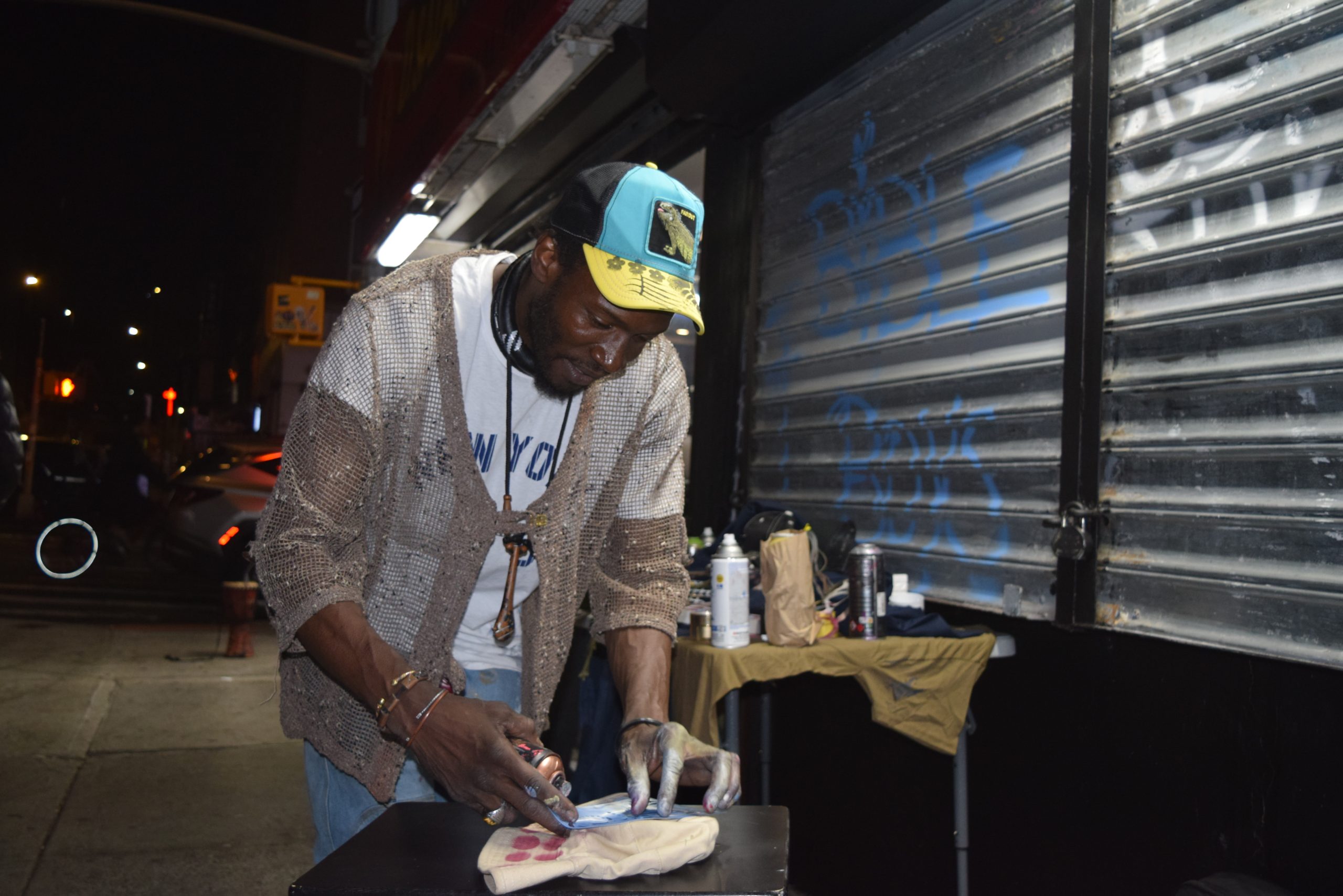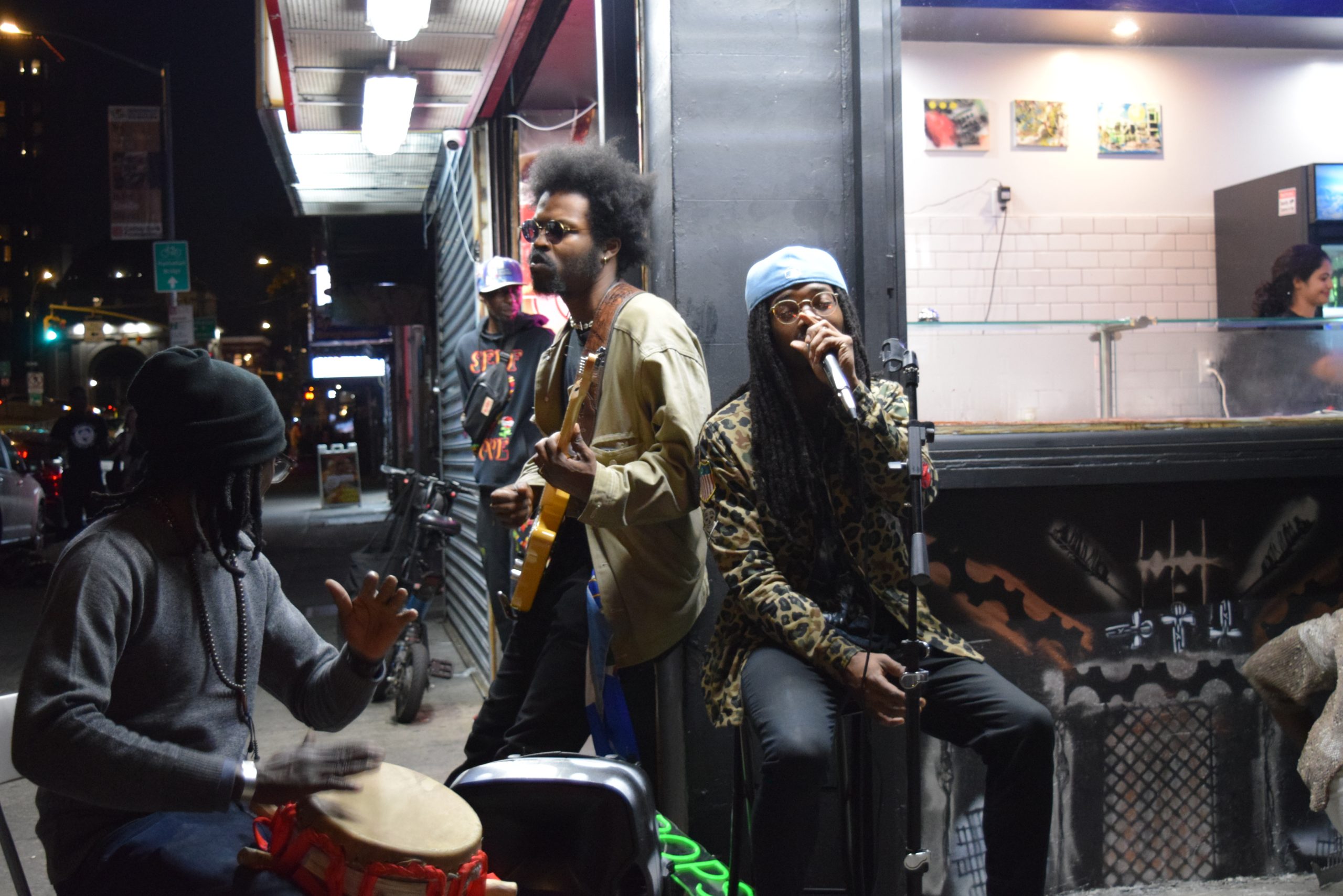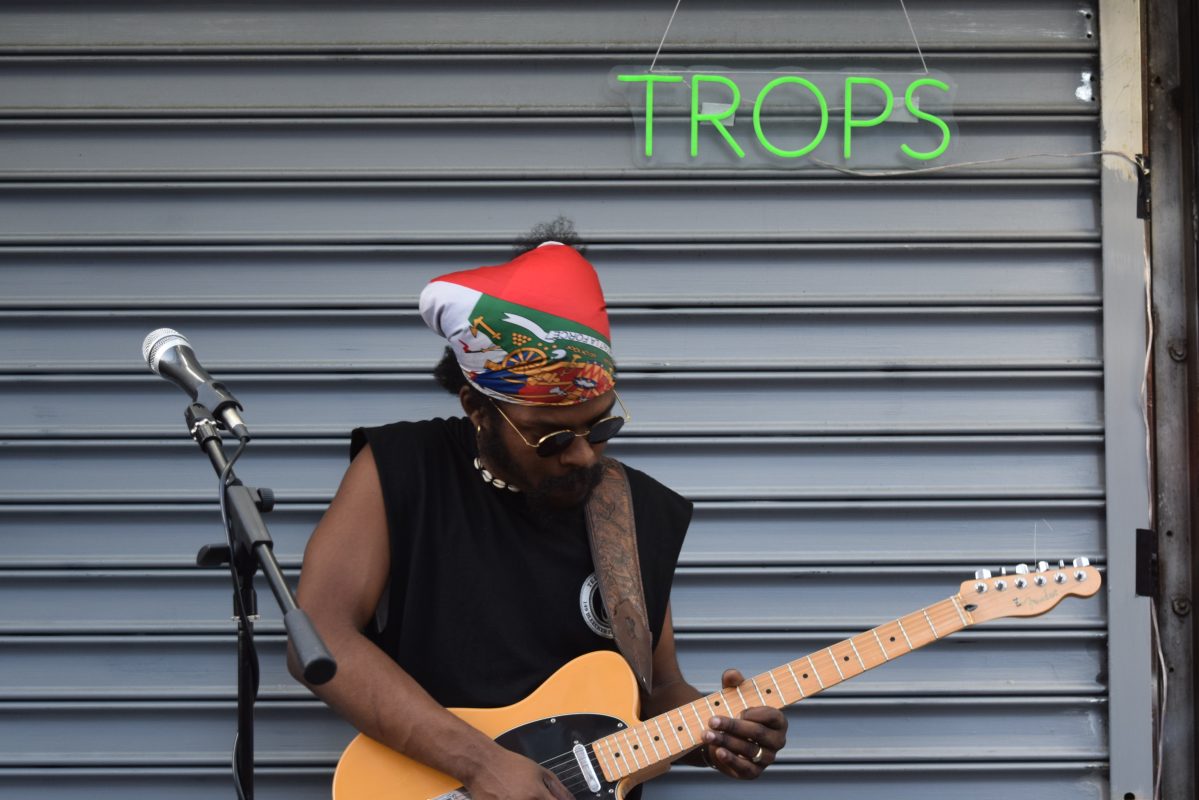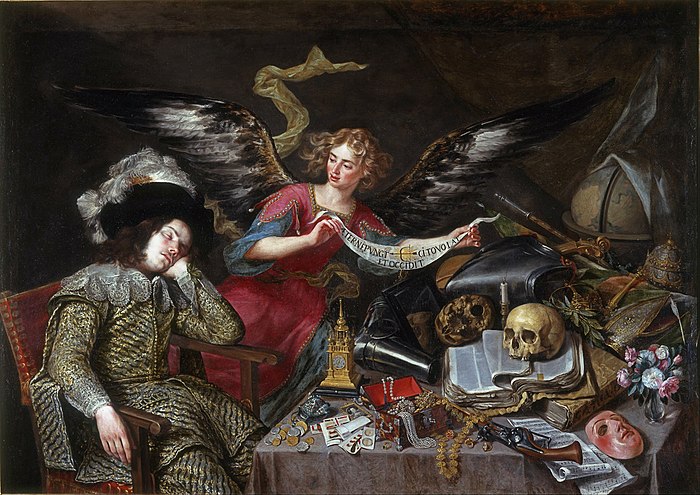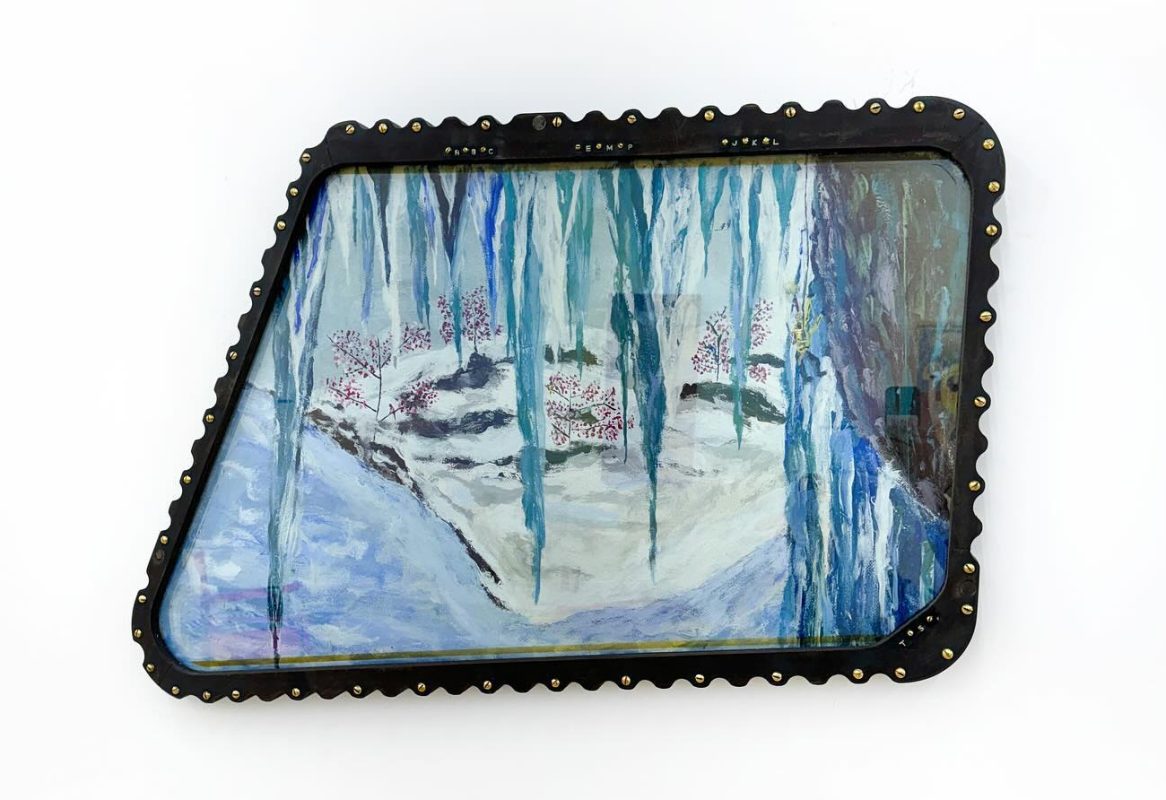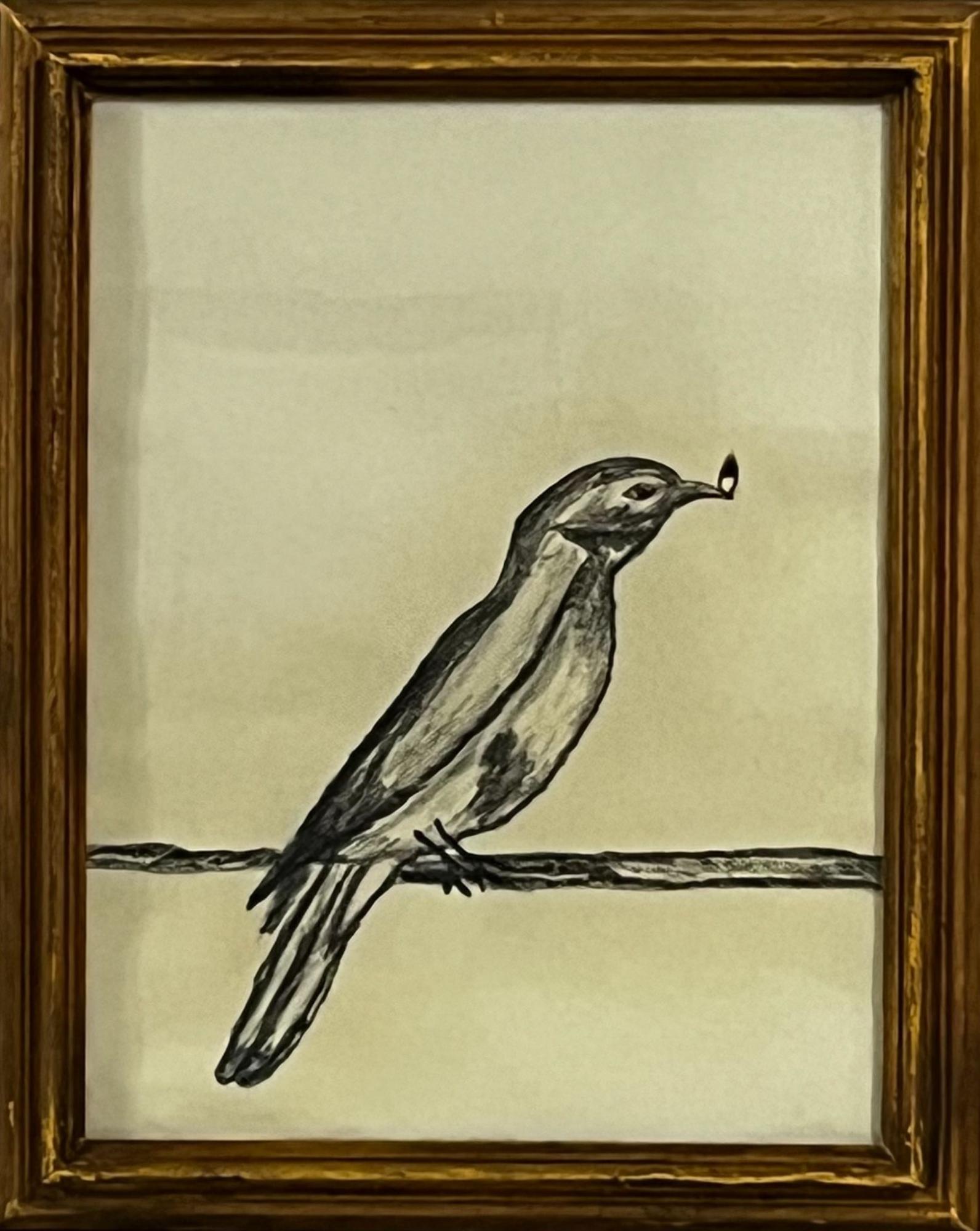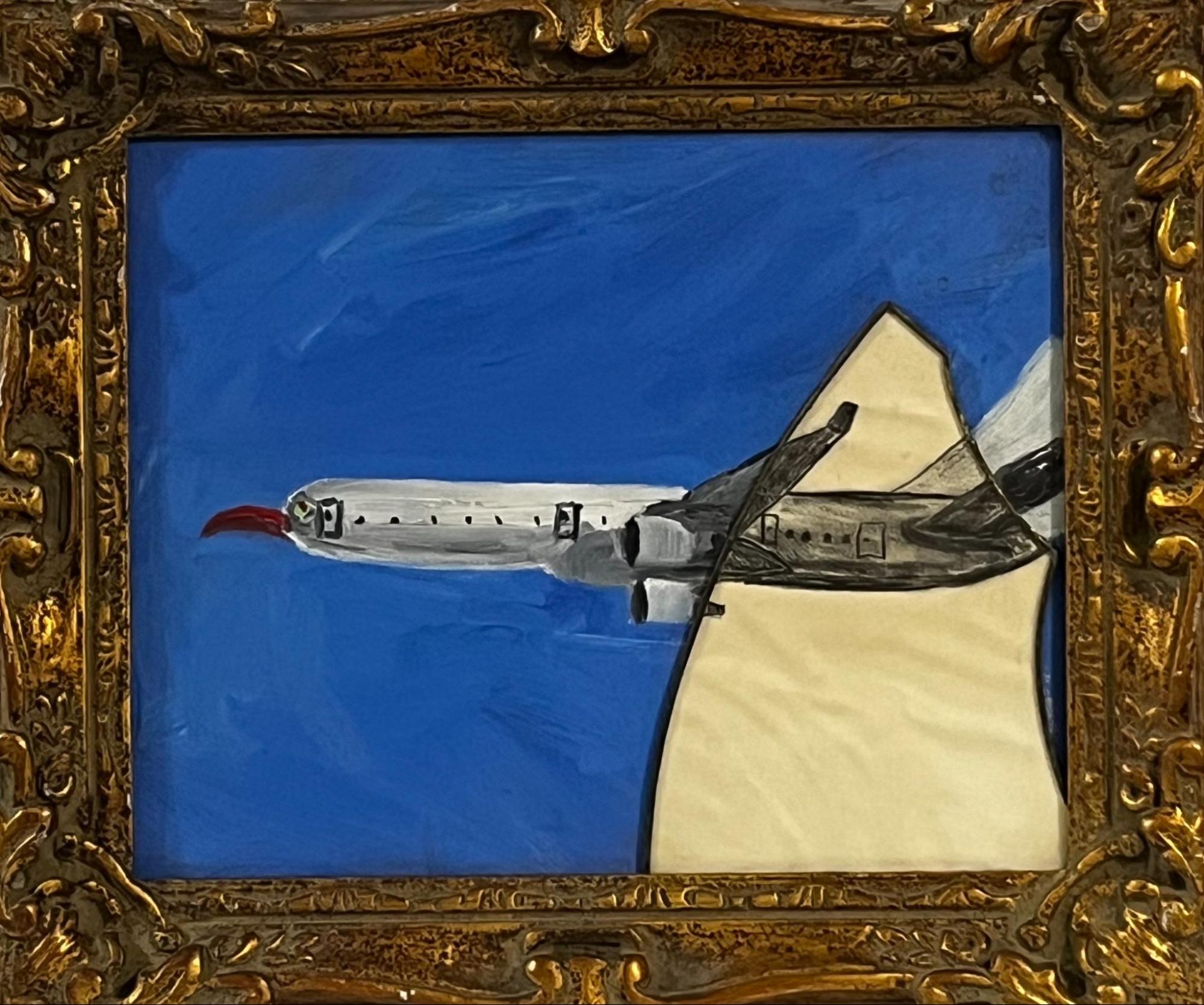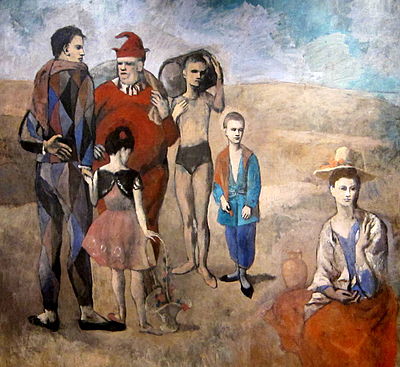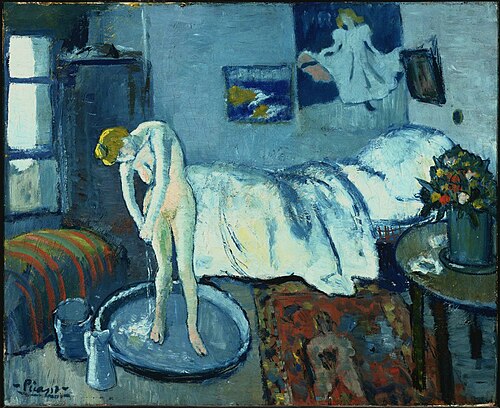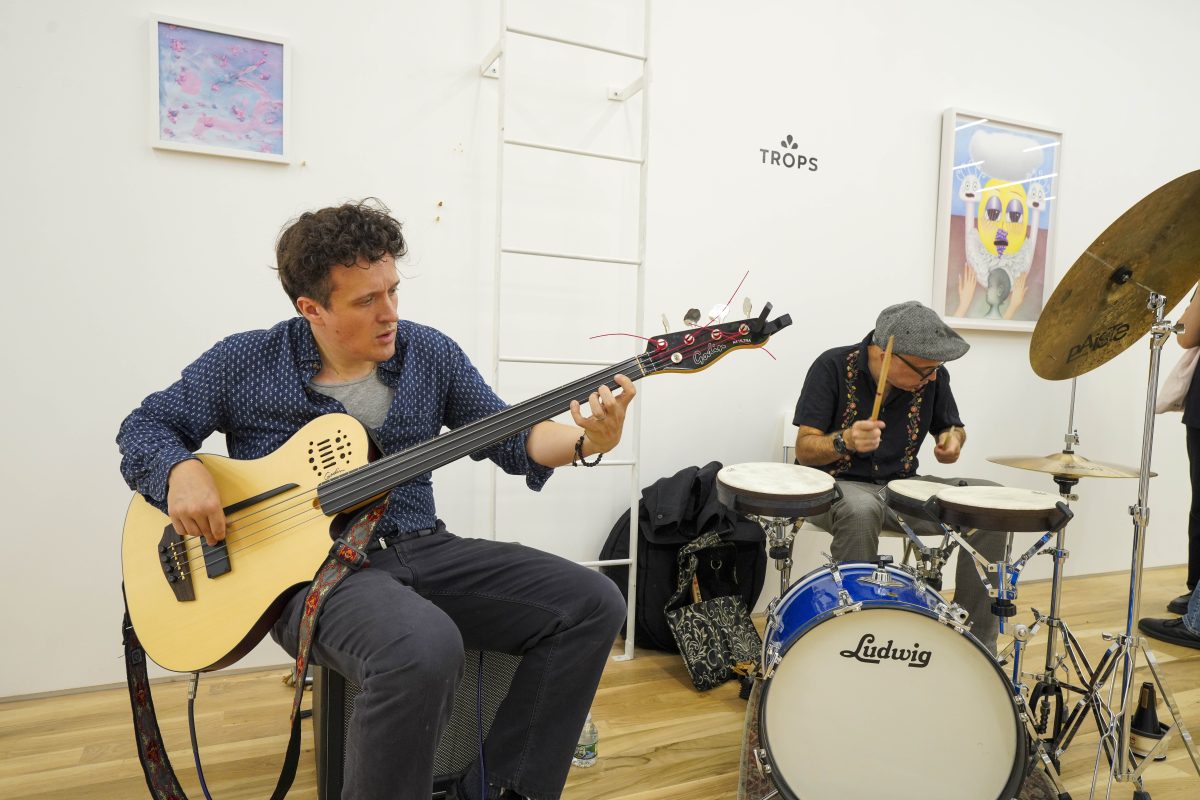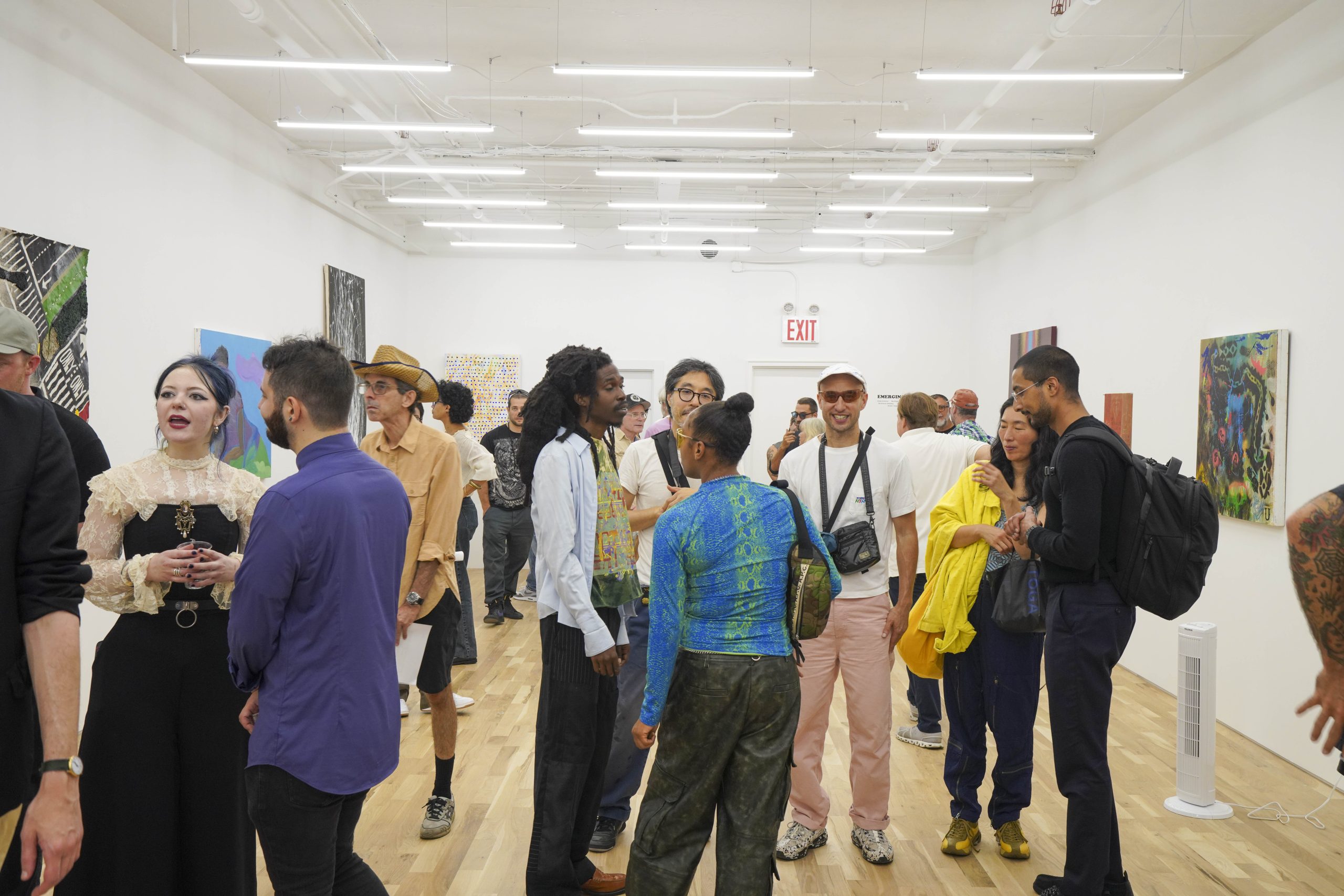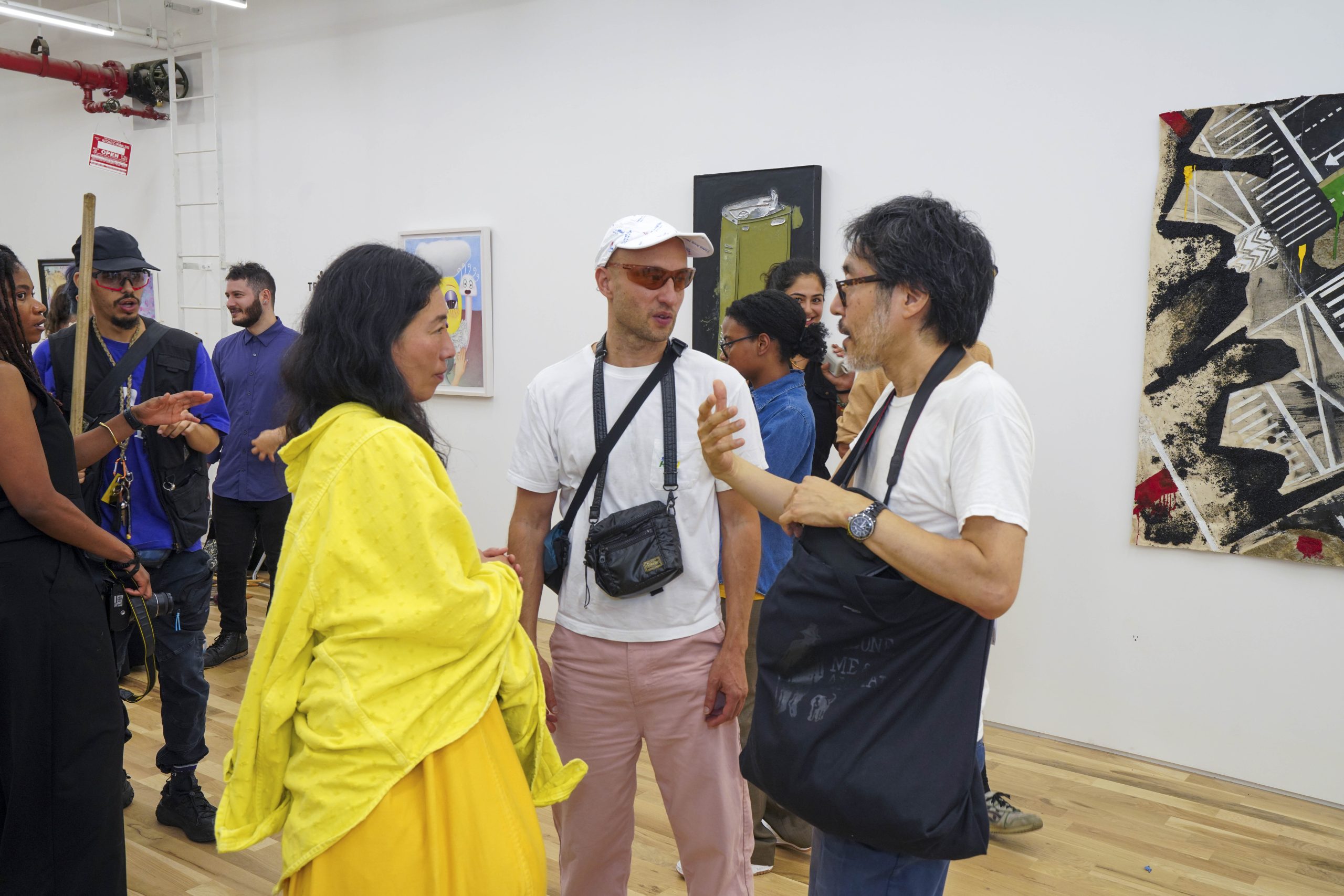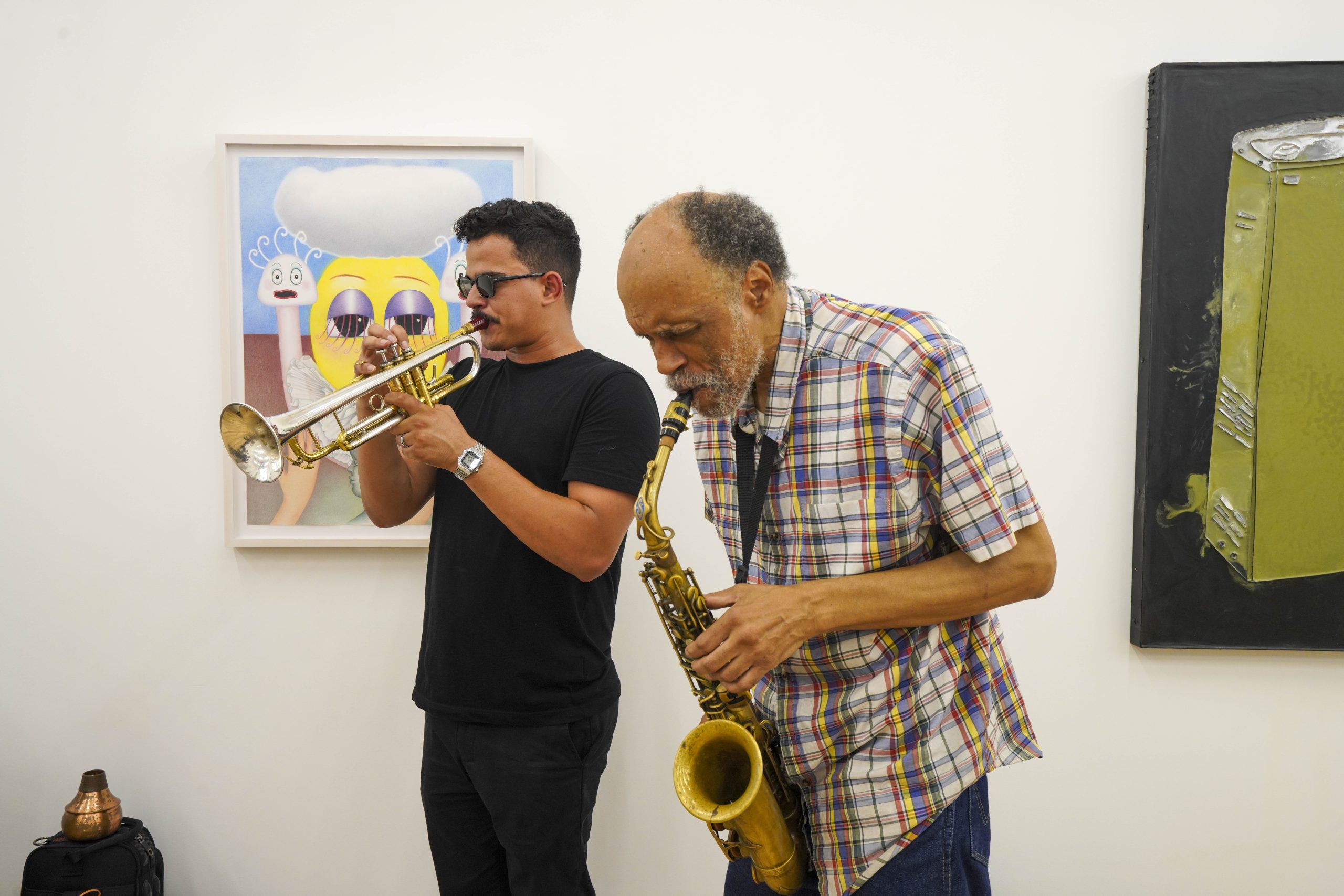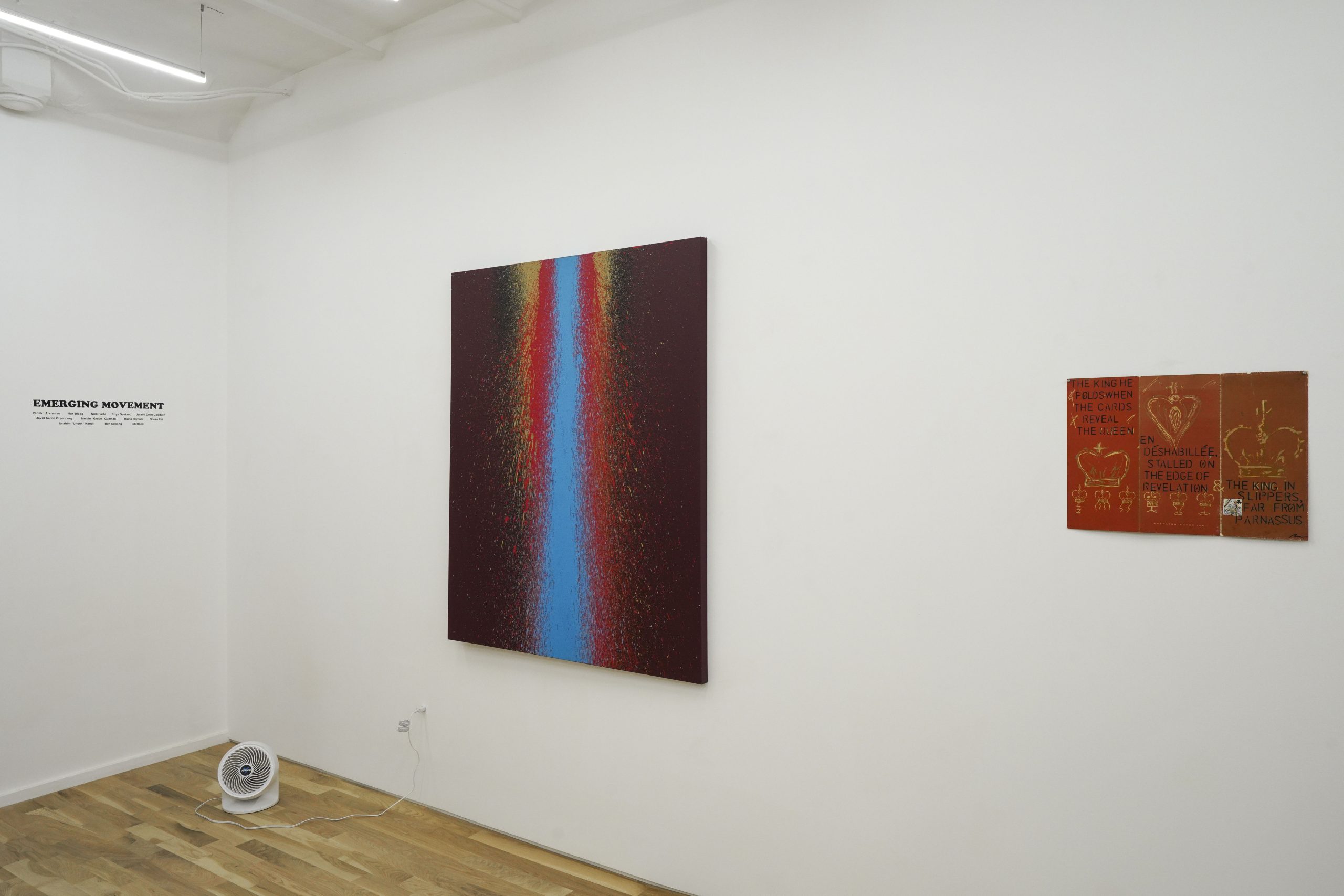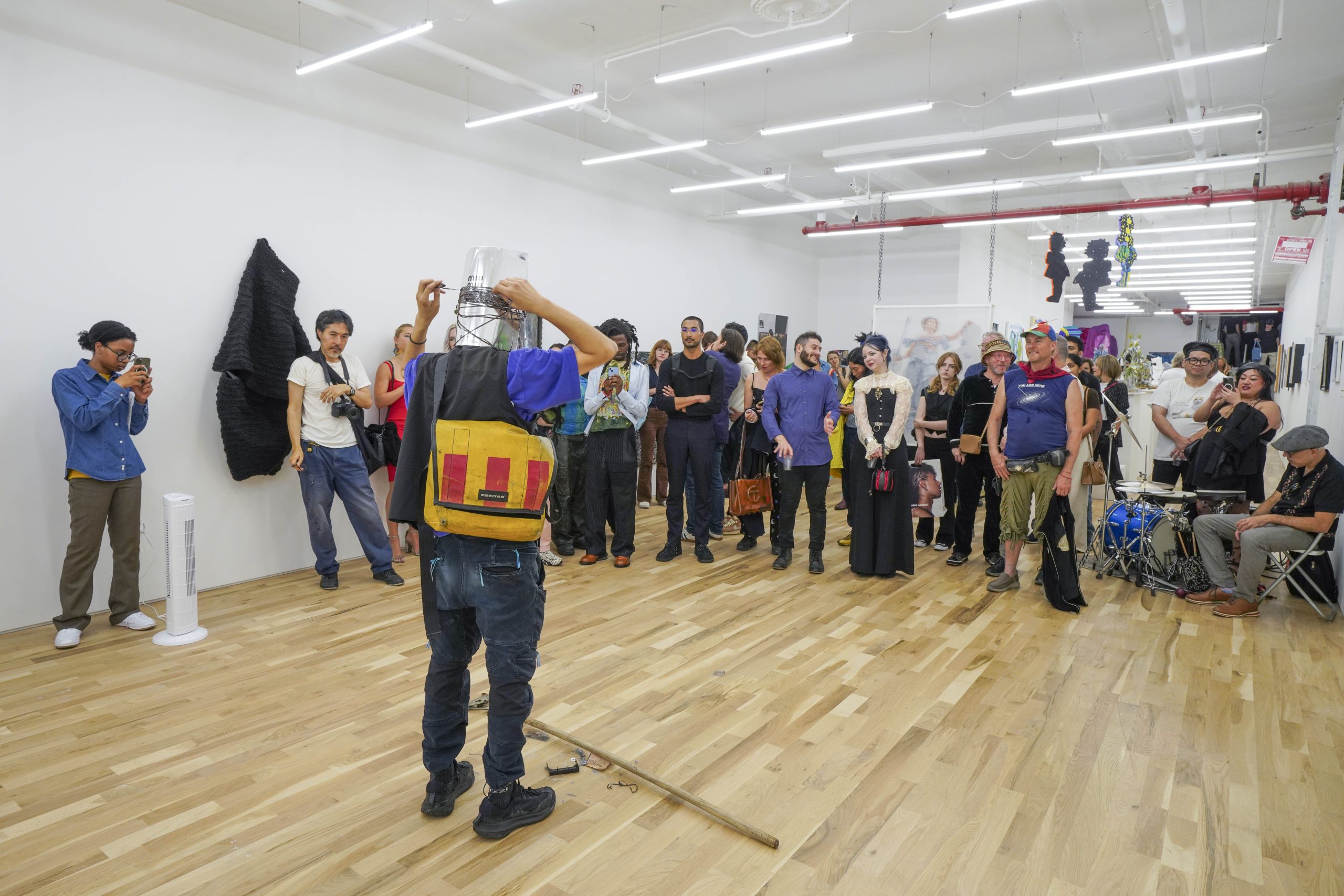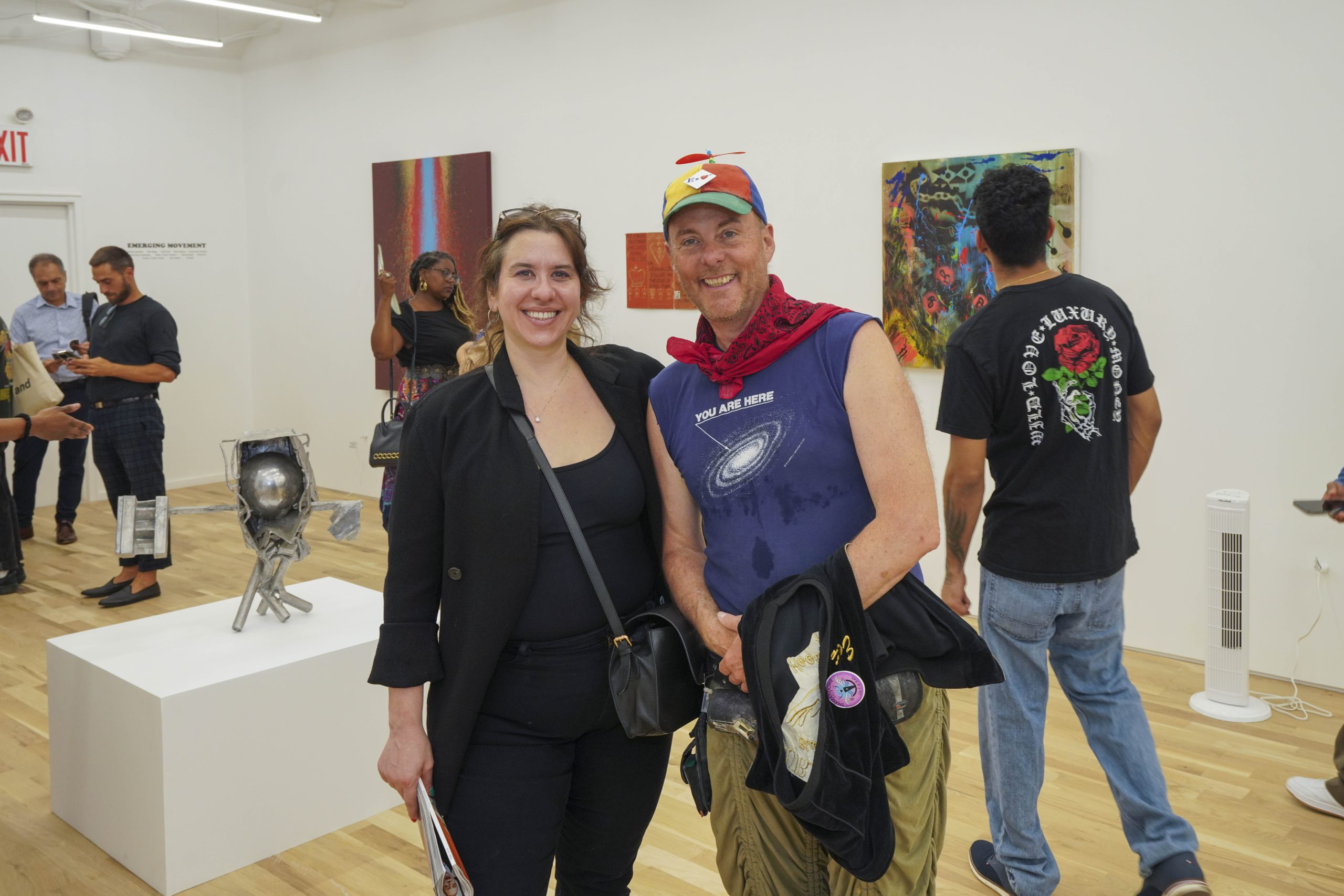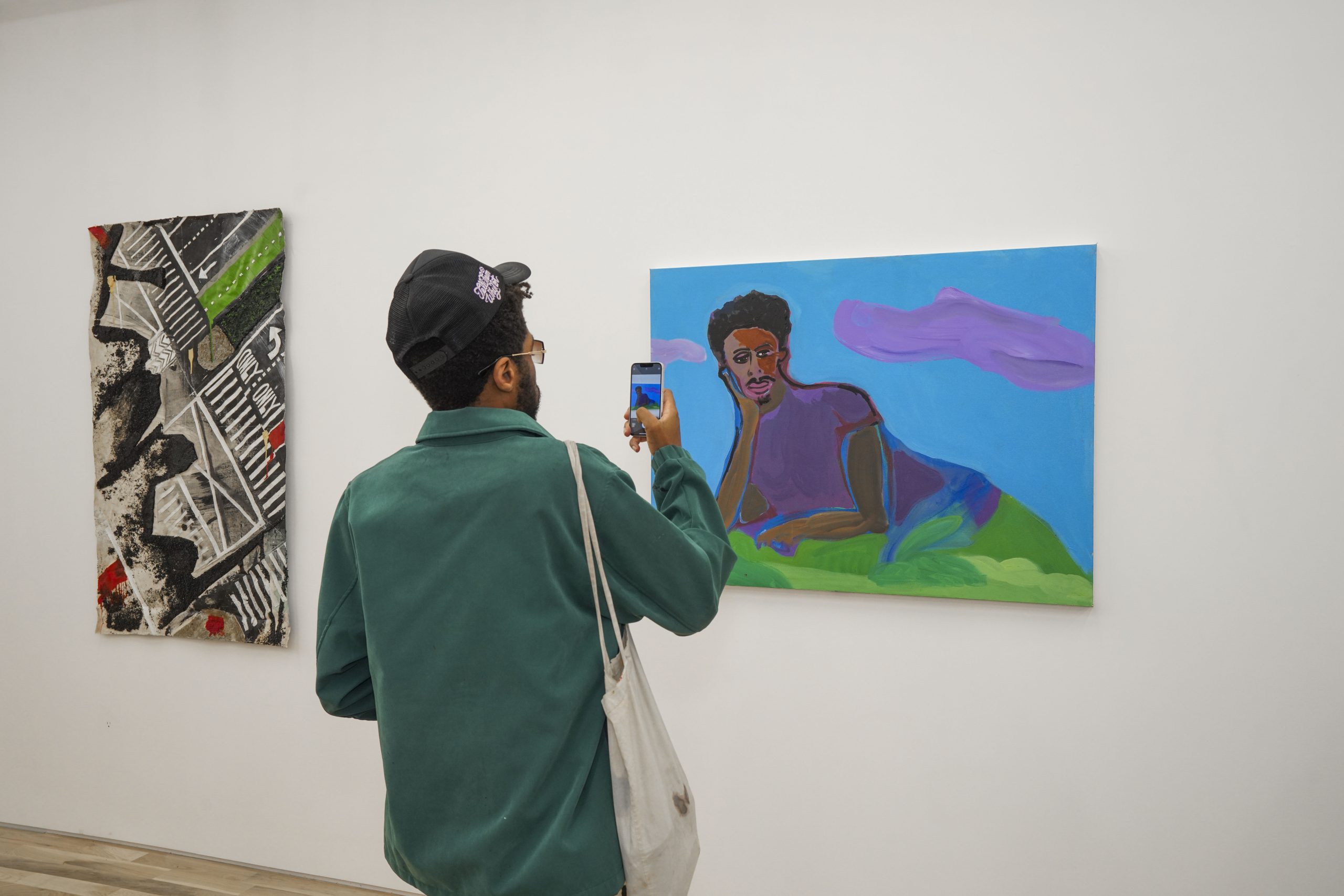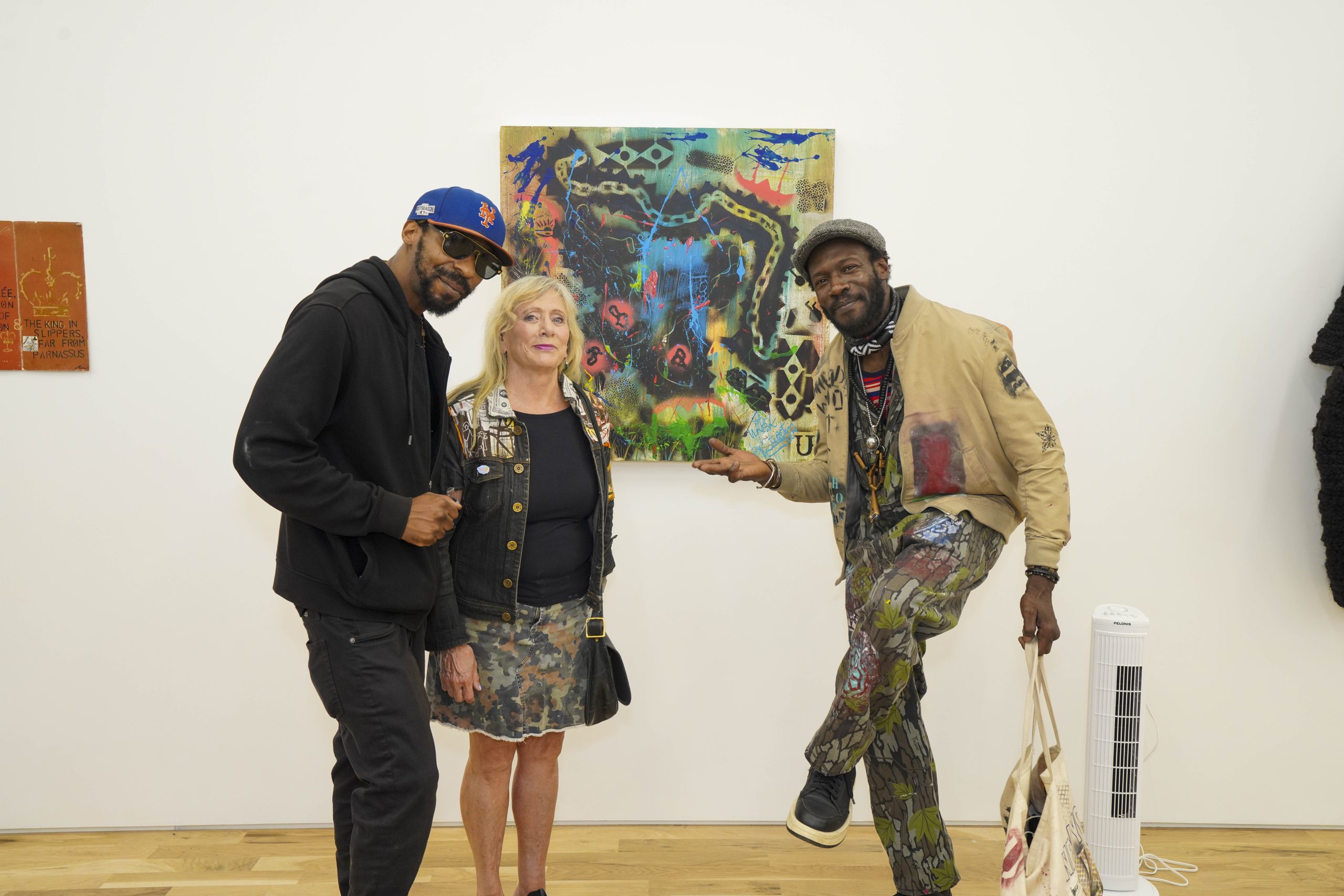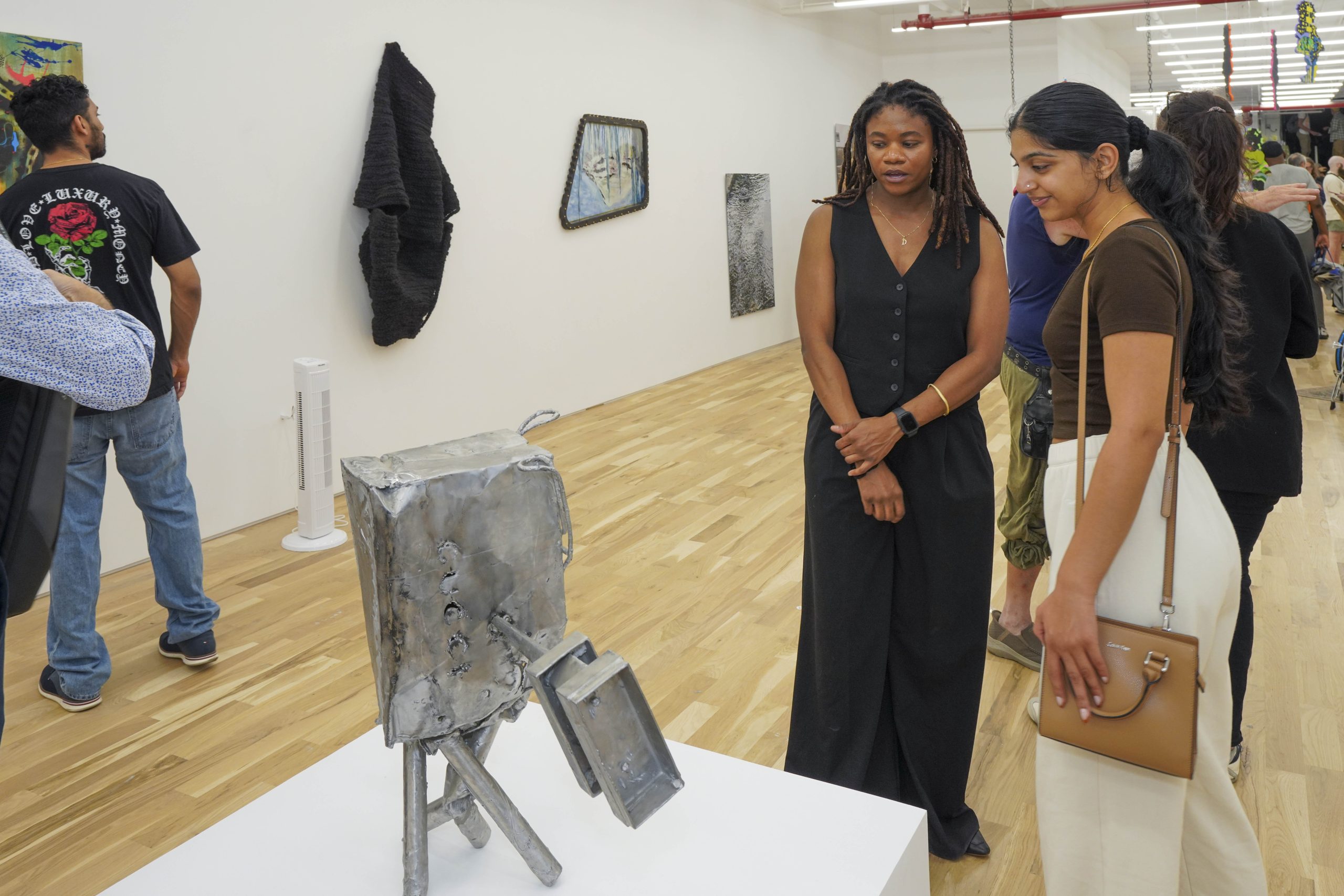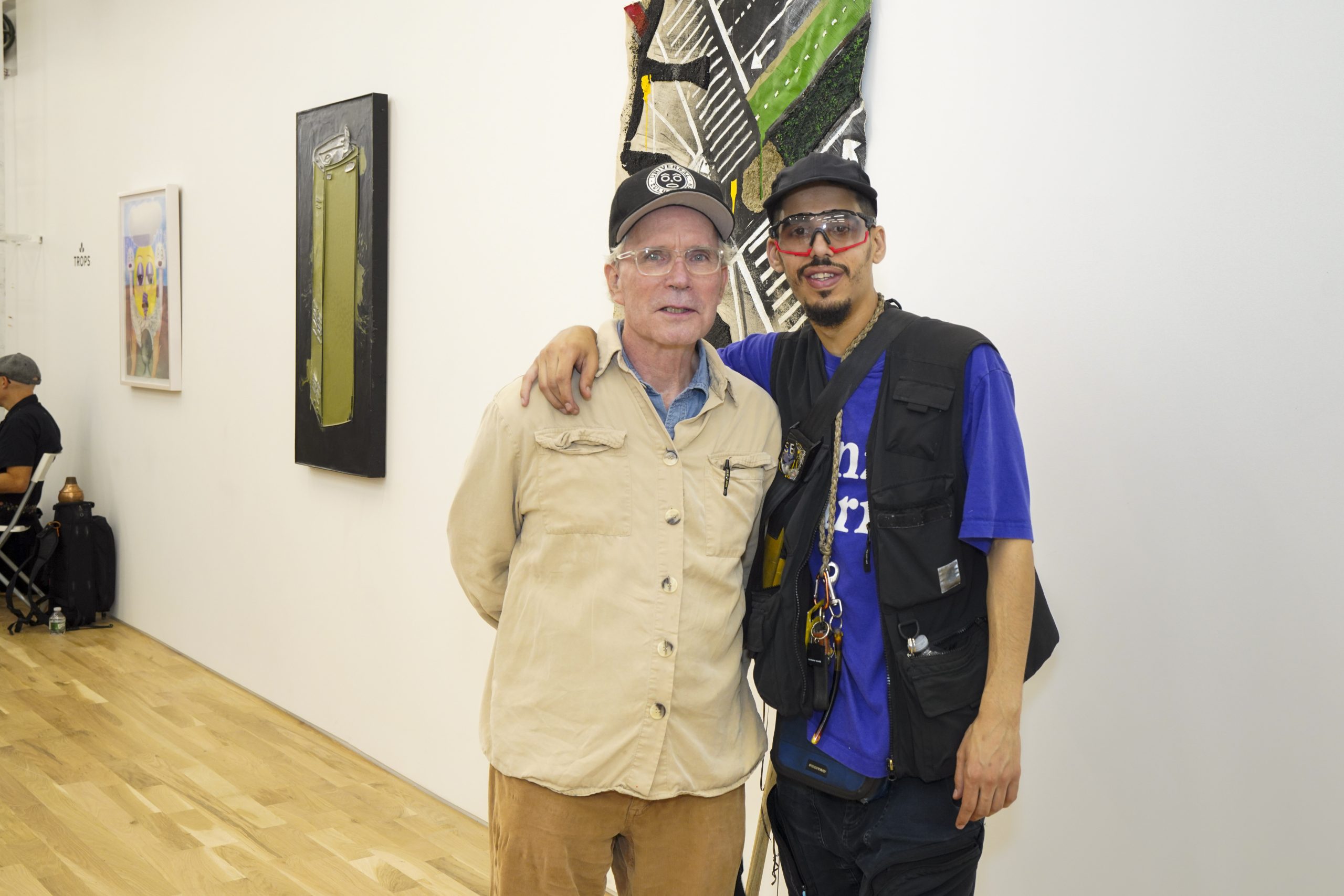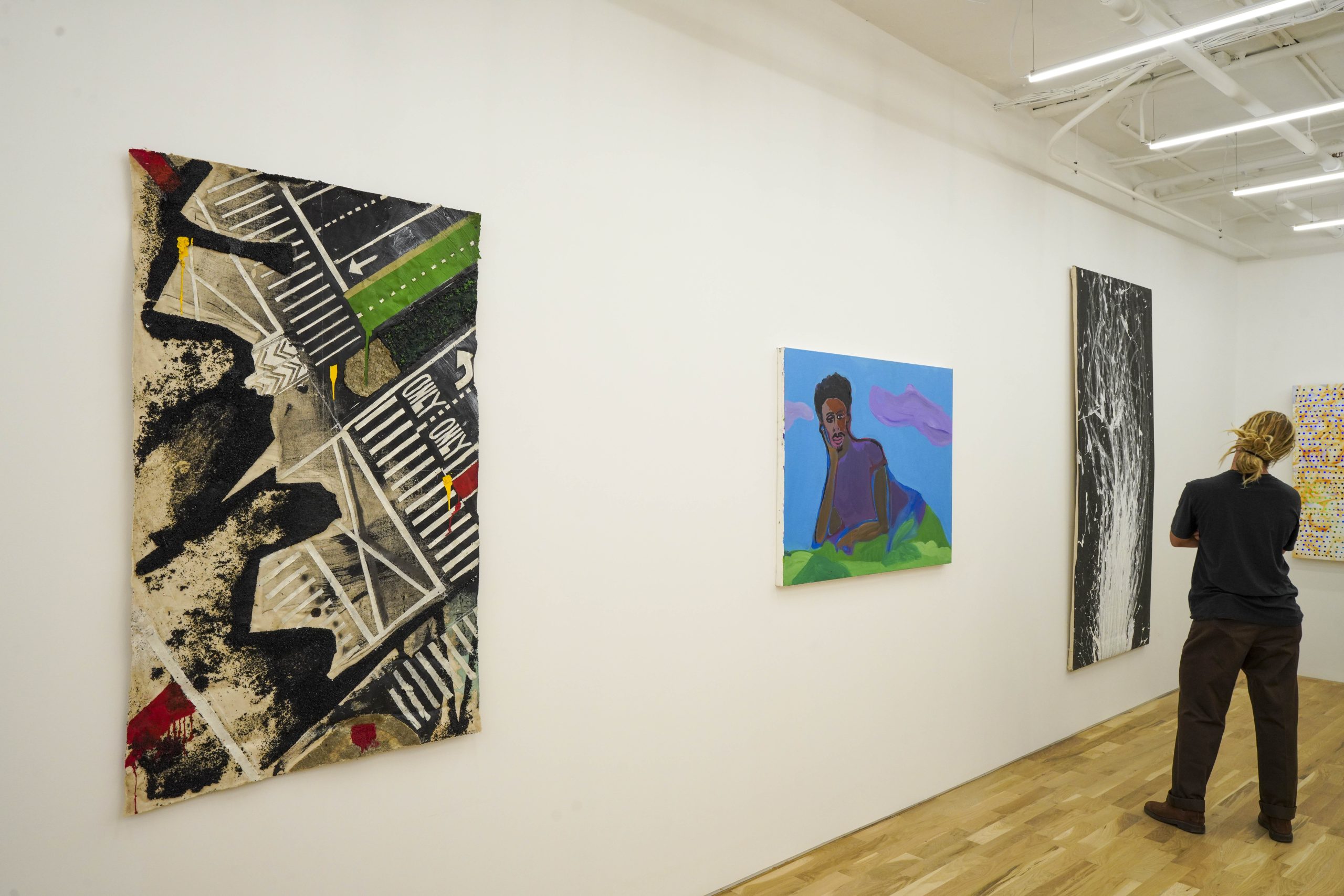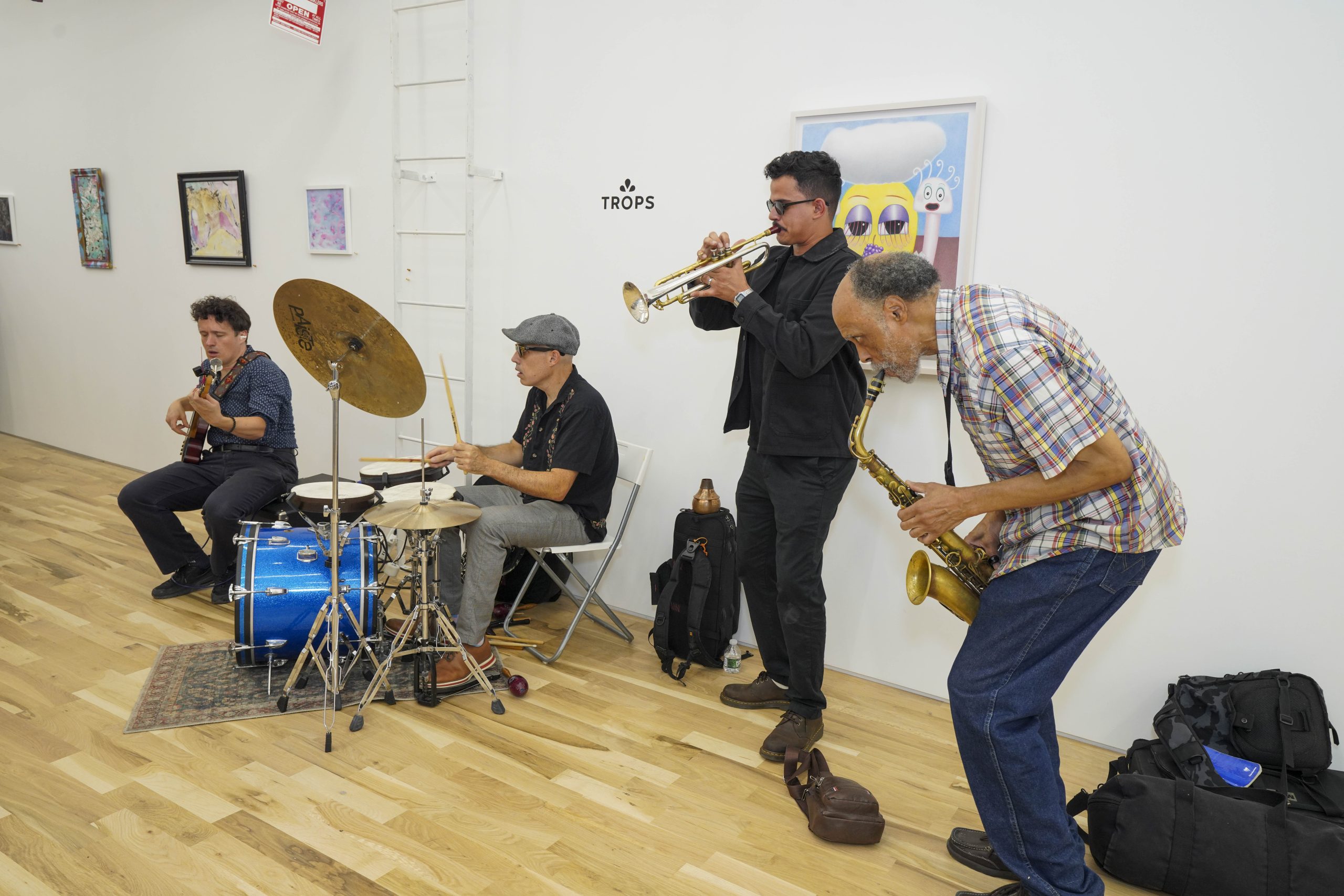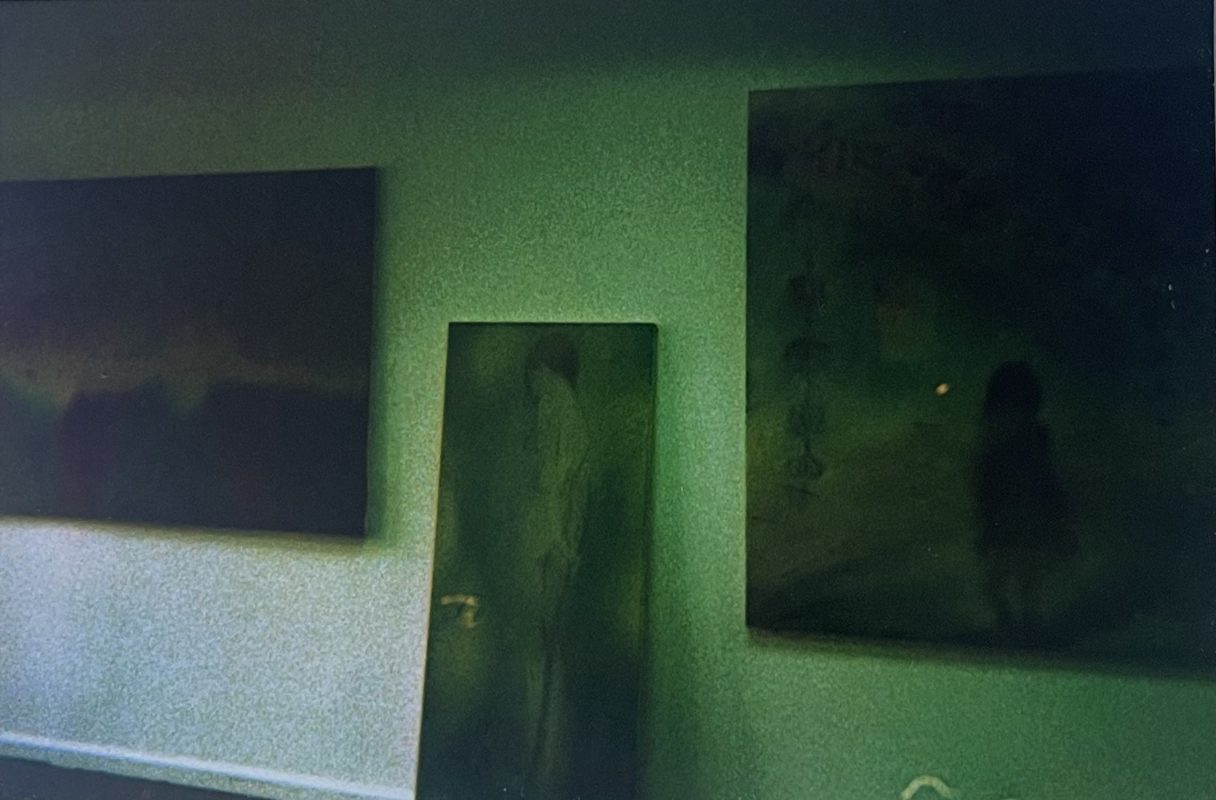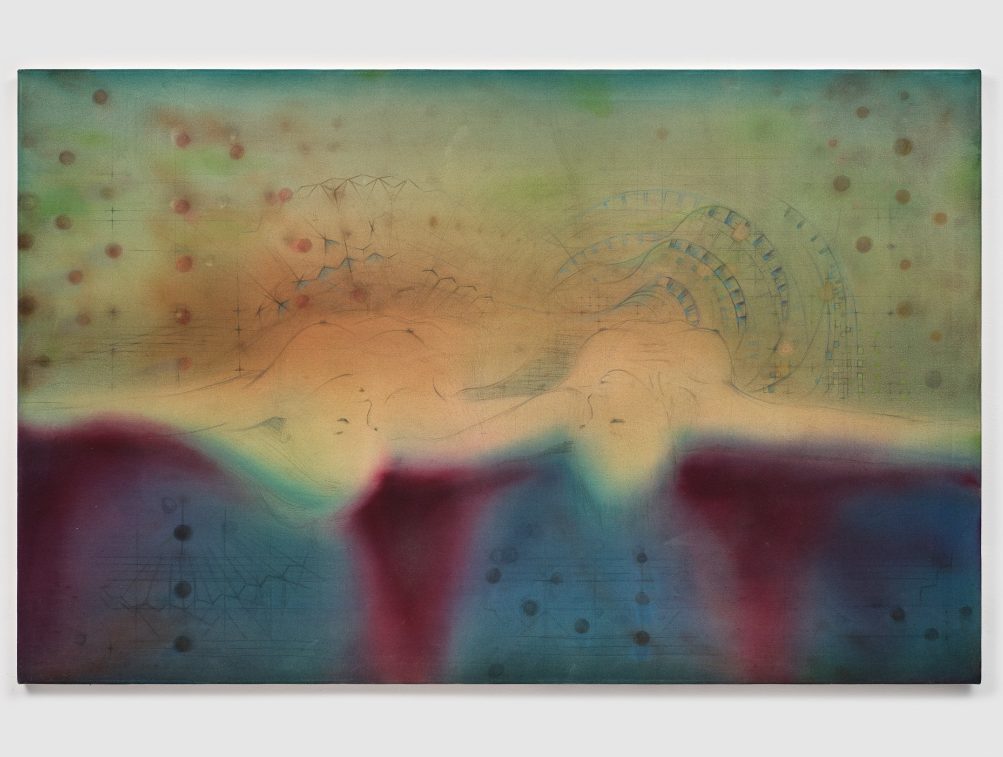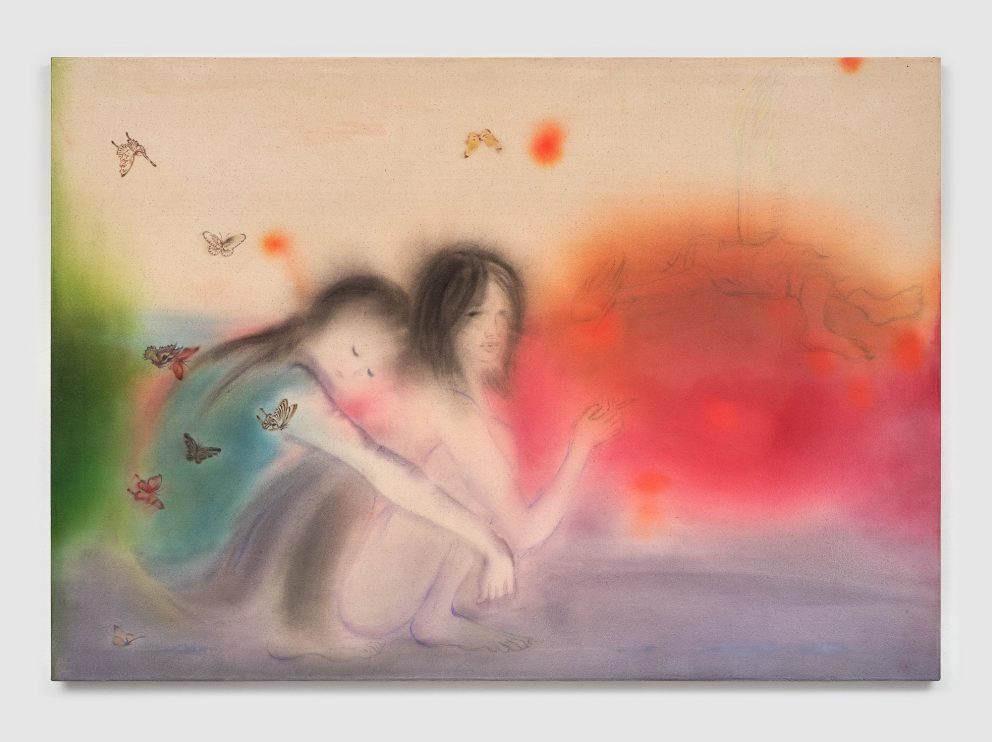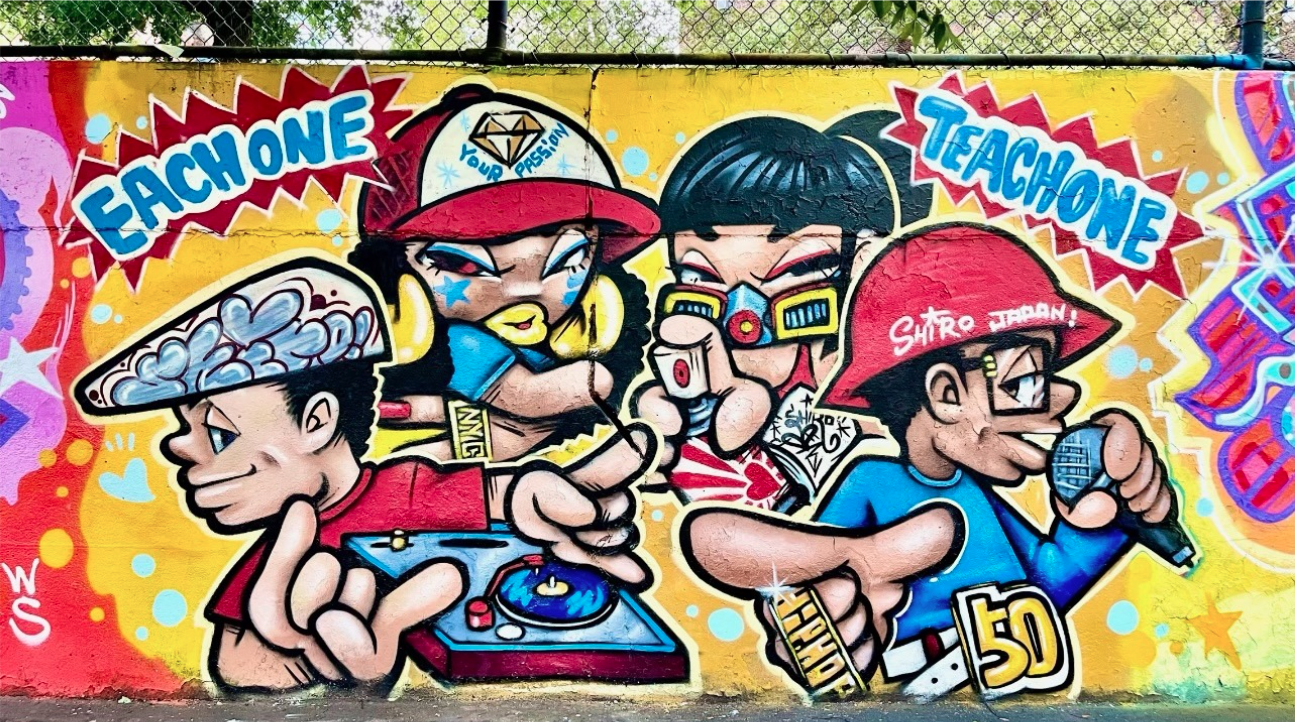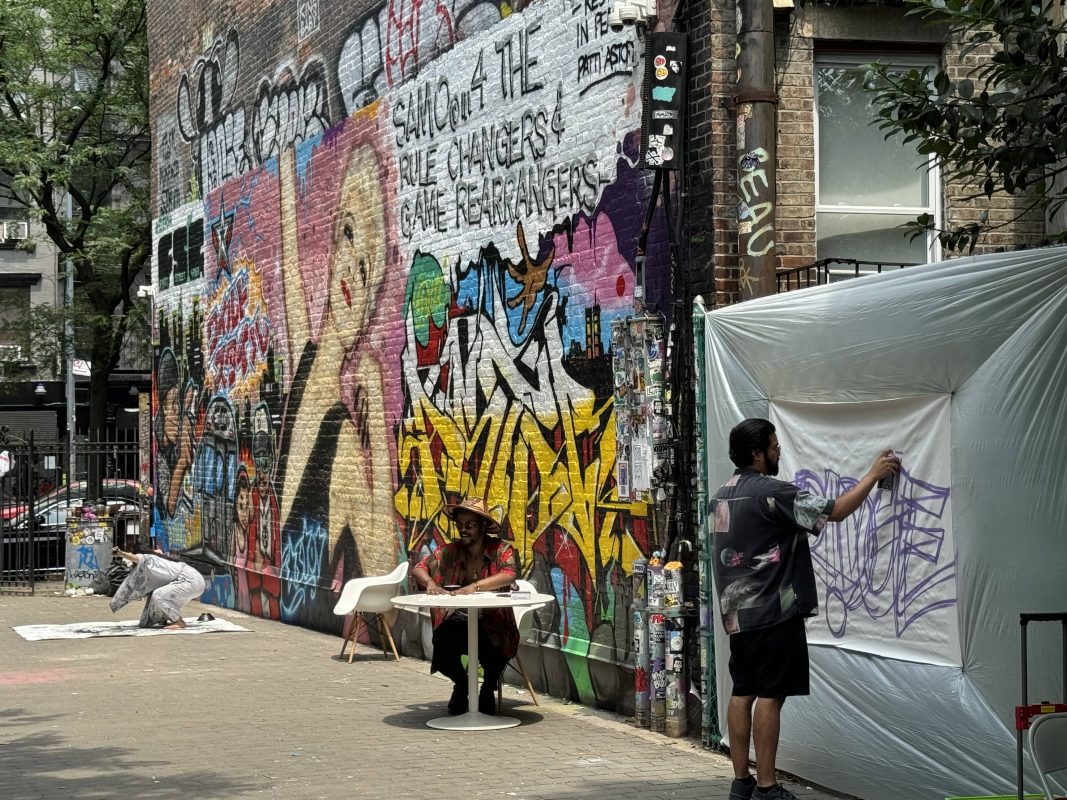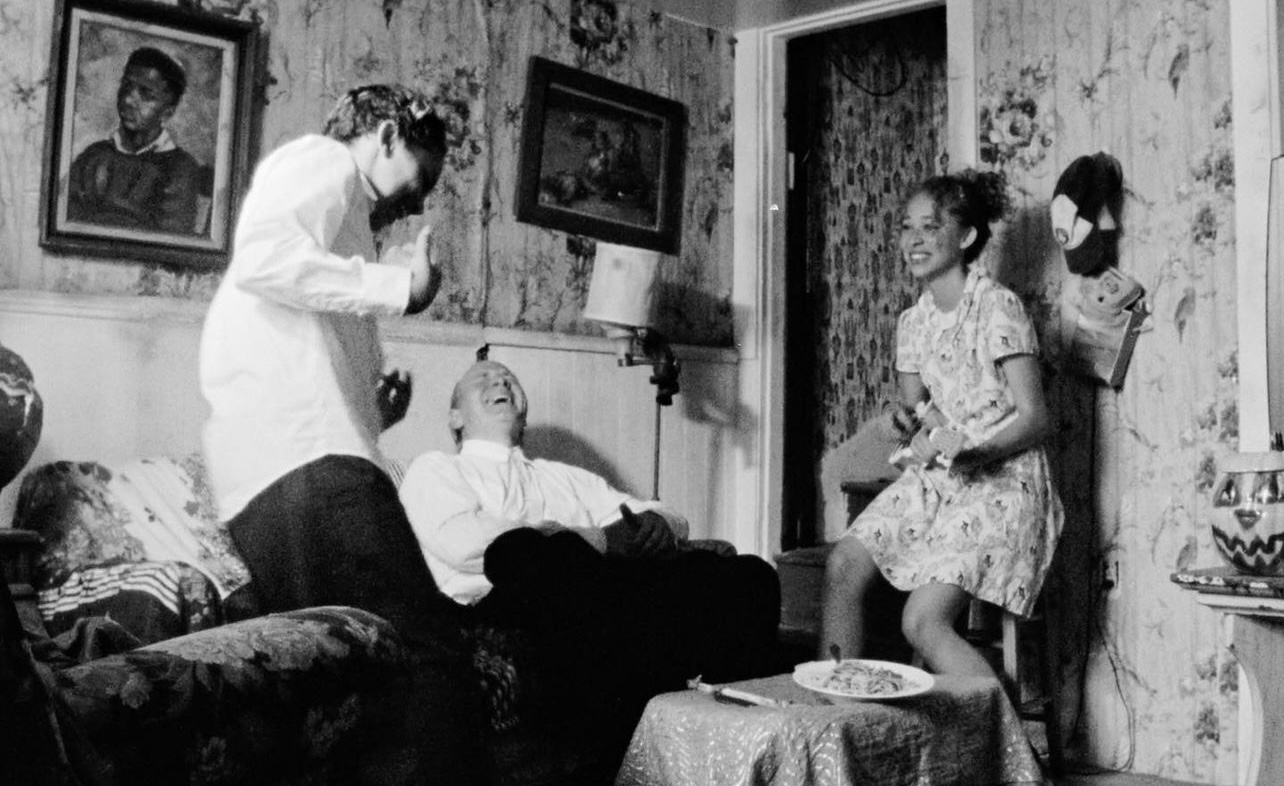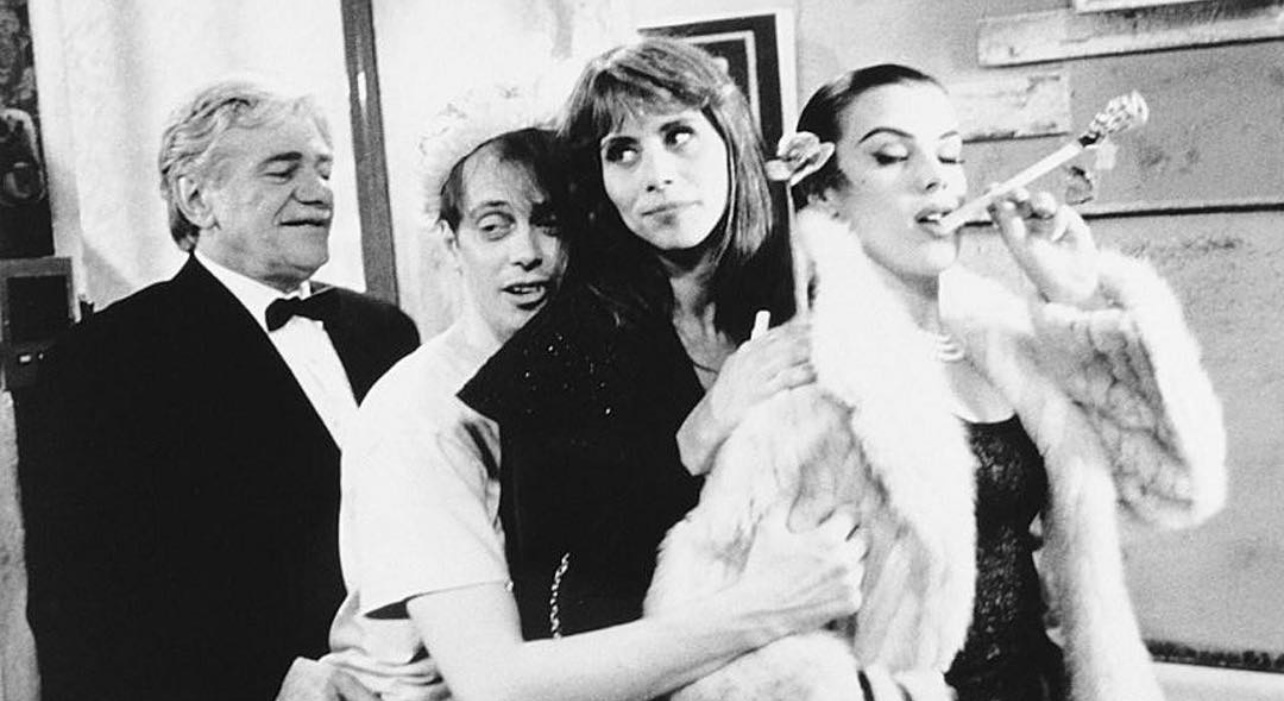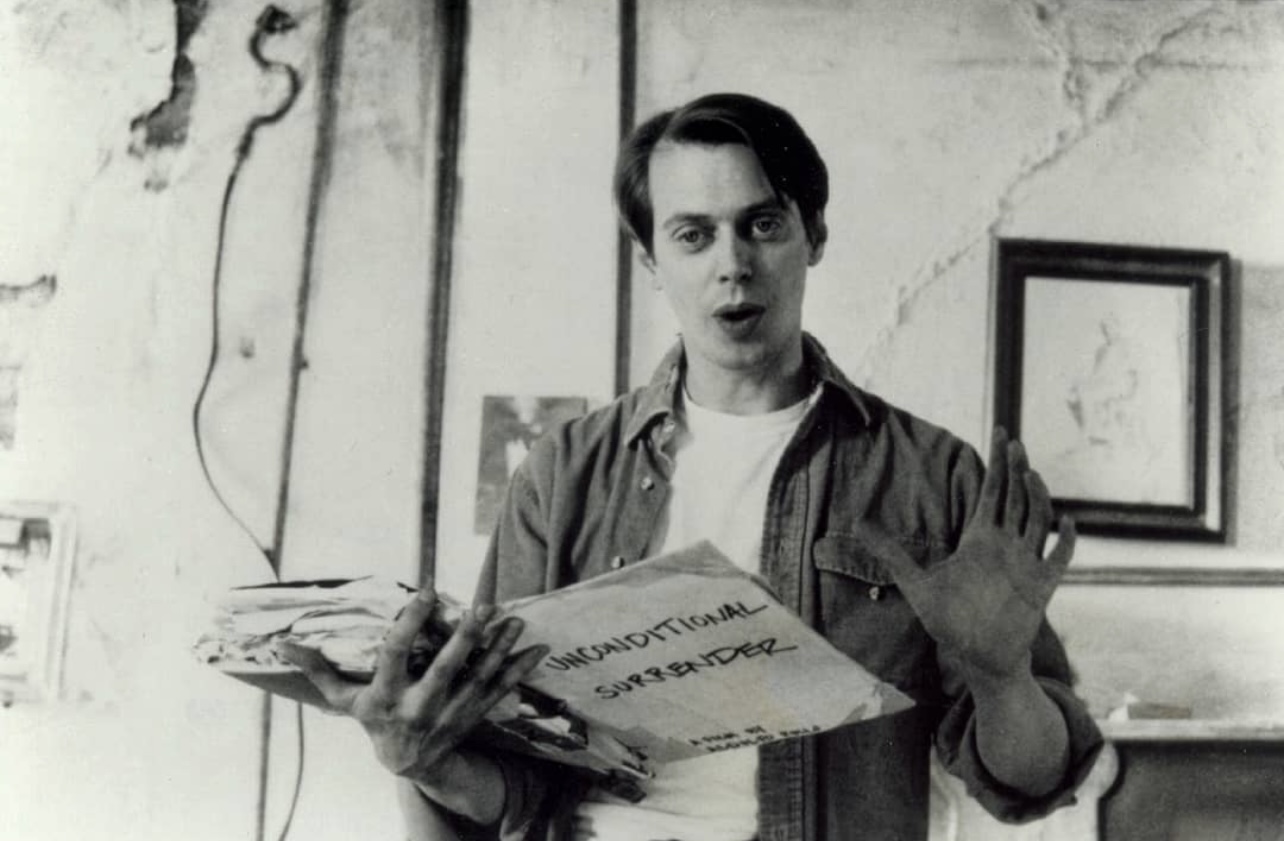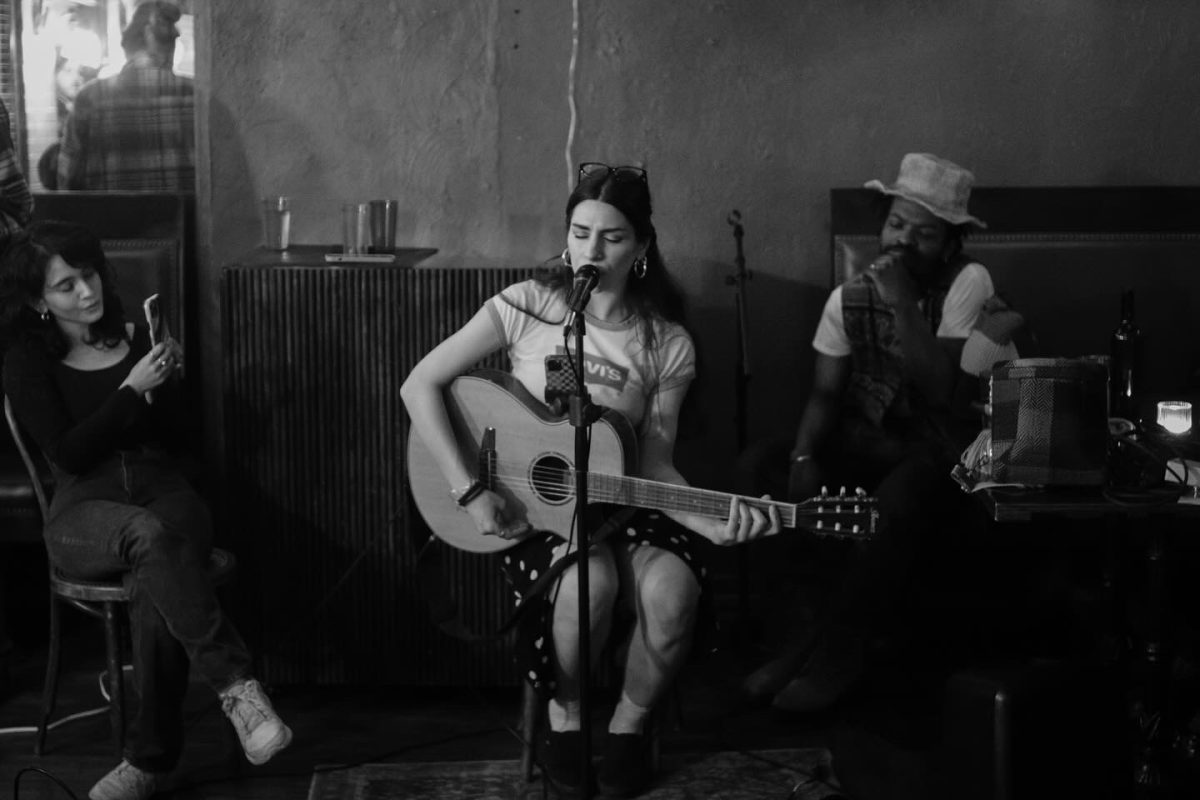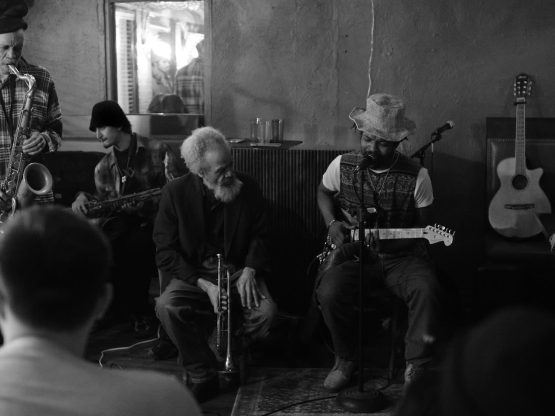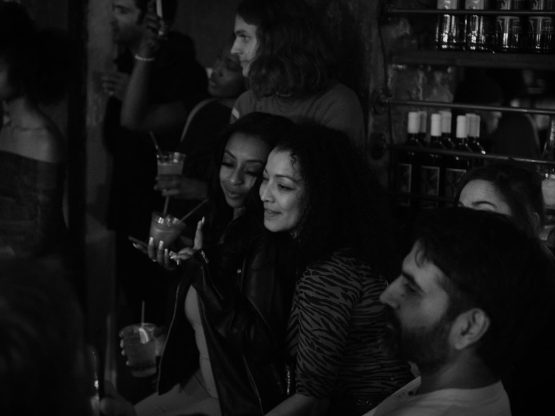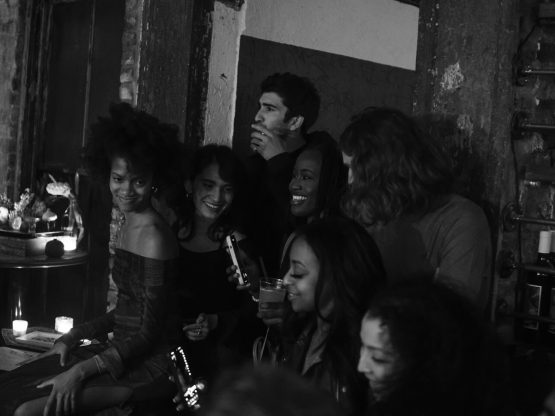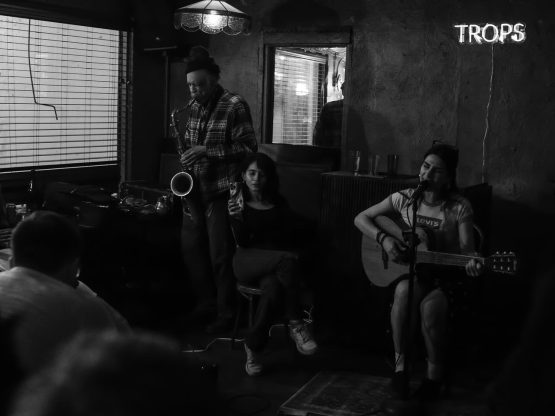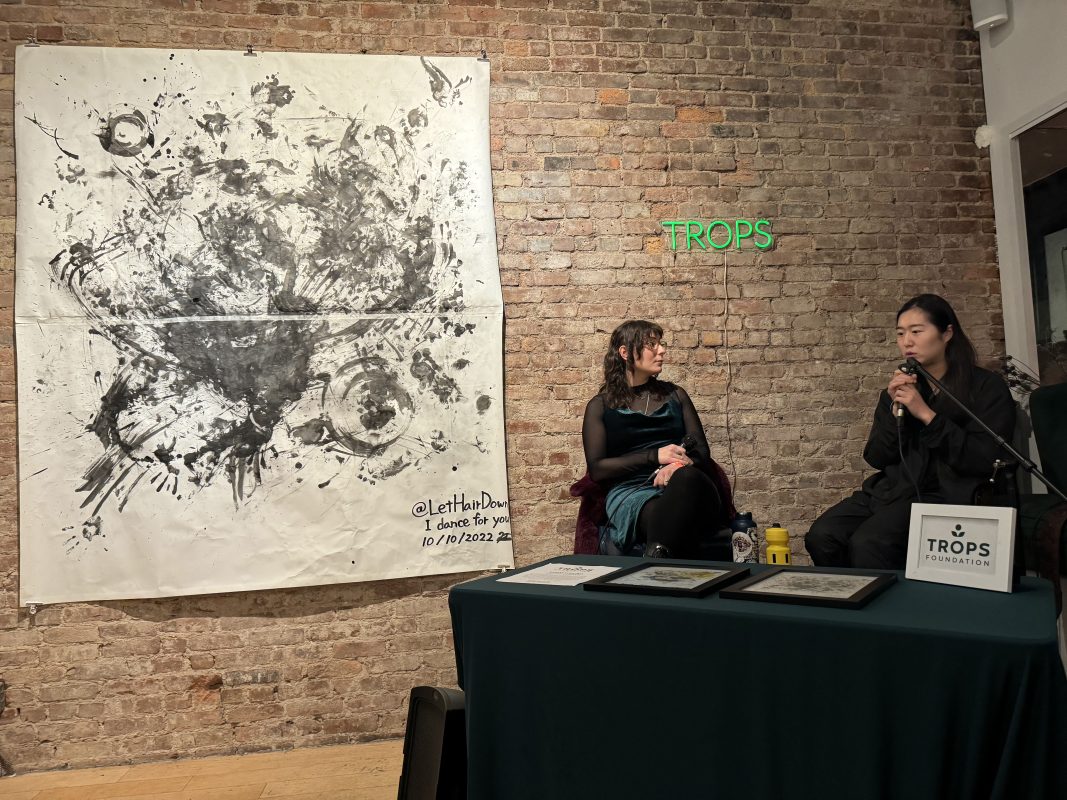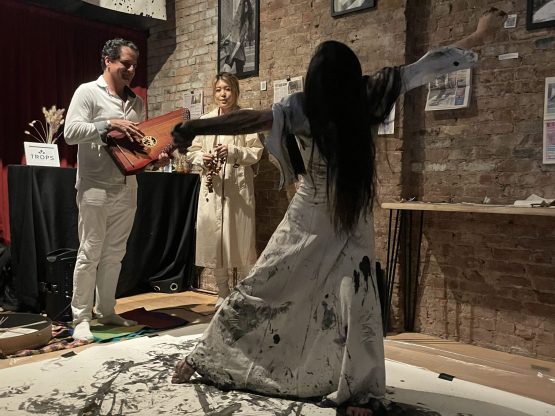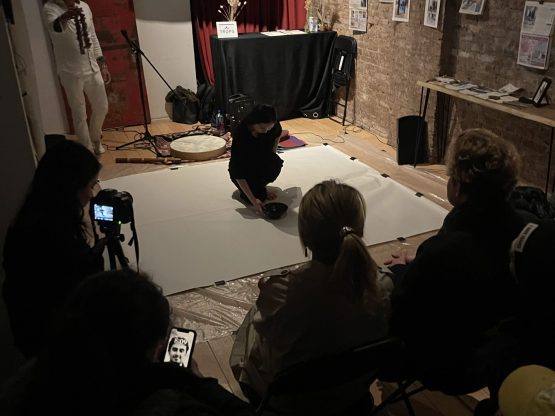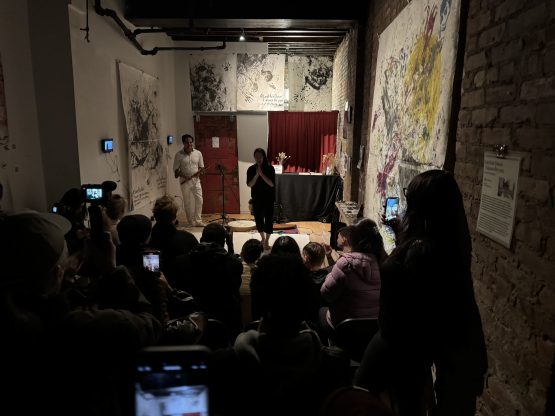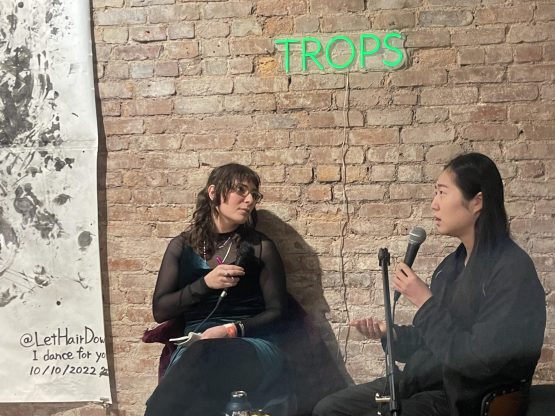Alexandra Kosloski: Could you share a moment in your career where you were challenged creatively, and how that turned out?
Alexandre Rockwell: Yeah, I had several moments. Multitudes. Probably even today I had a moment. A more severe moment where I was challenged is when I was in Hollywood. I was trying to make films and I just had two kids, and I was going broke. It just felt like I was becoming a professional loser, trying to get money for films everywhere I went. The most difficult part of it was that filmmaking, the one thing that worked for me in life, was starting to take a really bad turn. I didn’t like it. I didn’t like trying to go meet people to raise money. I didn’t like going out to dinner with people who I couldn’t stand, just trying to charm them into giving me money to make a movie. I didn’t know if I was a filmmaker anymore. I kind of had a crisis.
I had a Bolex camera that I had since I was 18 to make my first films on, and I said, okay, I got this camera, I’ve got these two incredible kids. I’m going to go get some film, and I’m just going. I used to write in a restaurant. I remember talking to the busboy, “What do you do?” And he said, “I’m an actor”. And I asked him if he would want to work on a film and if he would do sound. He said, “Sure, but I don’t know how.” I said “Don’t worry, I’ll teach you in an hour how to do sound.” I met the guy who shot the film in a playground. He was pushing his kid on a swing, and he was a cinematographer. I hired him to shoot the film. And so we shot on my Bolex with my kids, and it was this movie called Little Feet. I made the movie for almost no money, and I rediscovered what I loved again.
Going back with the limitations– I had nothing but this camera, my kids, and three people working on the film. I was going “God, I love this.” I was working in the medium that I know how to work in, and I loved it. So I made this little movie called Little Feet. It was really well received, got great reviews, it even came out theatrically, and I was really pleased. It reinvigorated me. It sounds like a self-help kind of thing, but it’s really true– in the moment of crisis for anybody, the kernel of some incredible gift is right there. In crisis, something’s being offered to you, and you either take the challenge or you don’t. And I guess when I made Little Feet, I did take the challenge and it gave me everything back.
